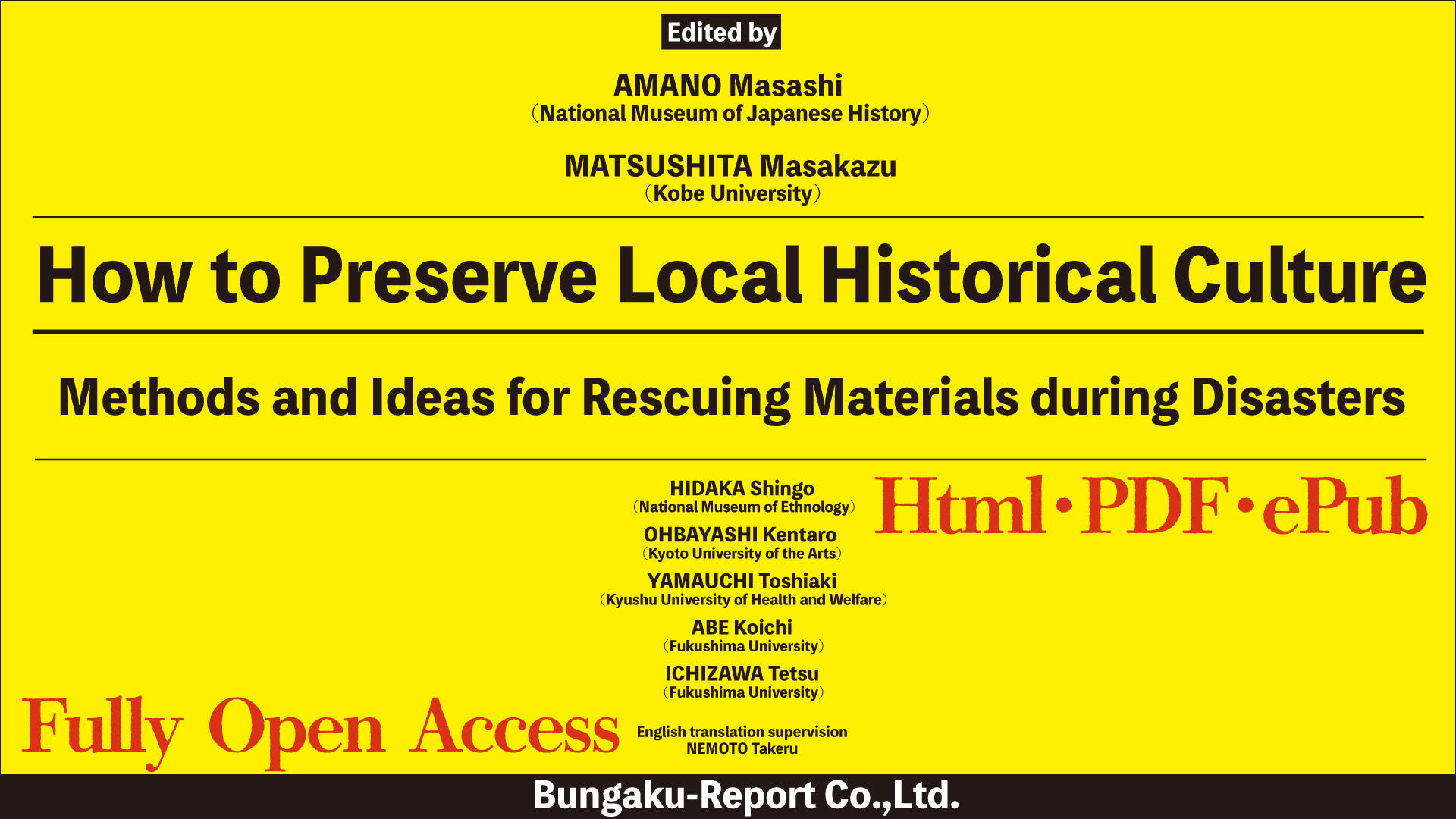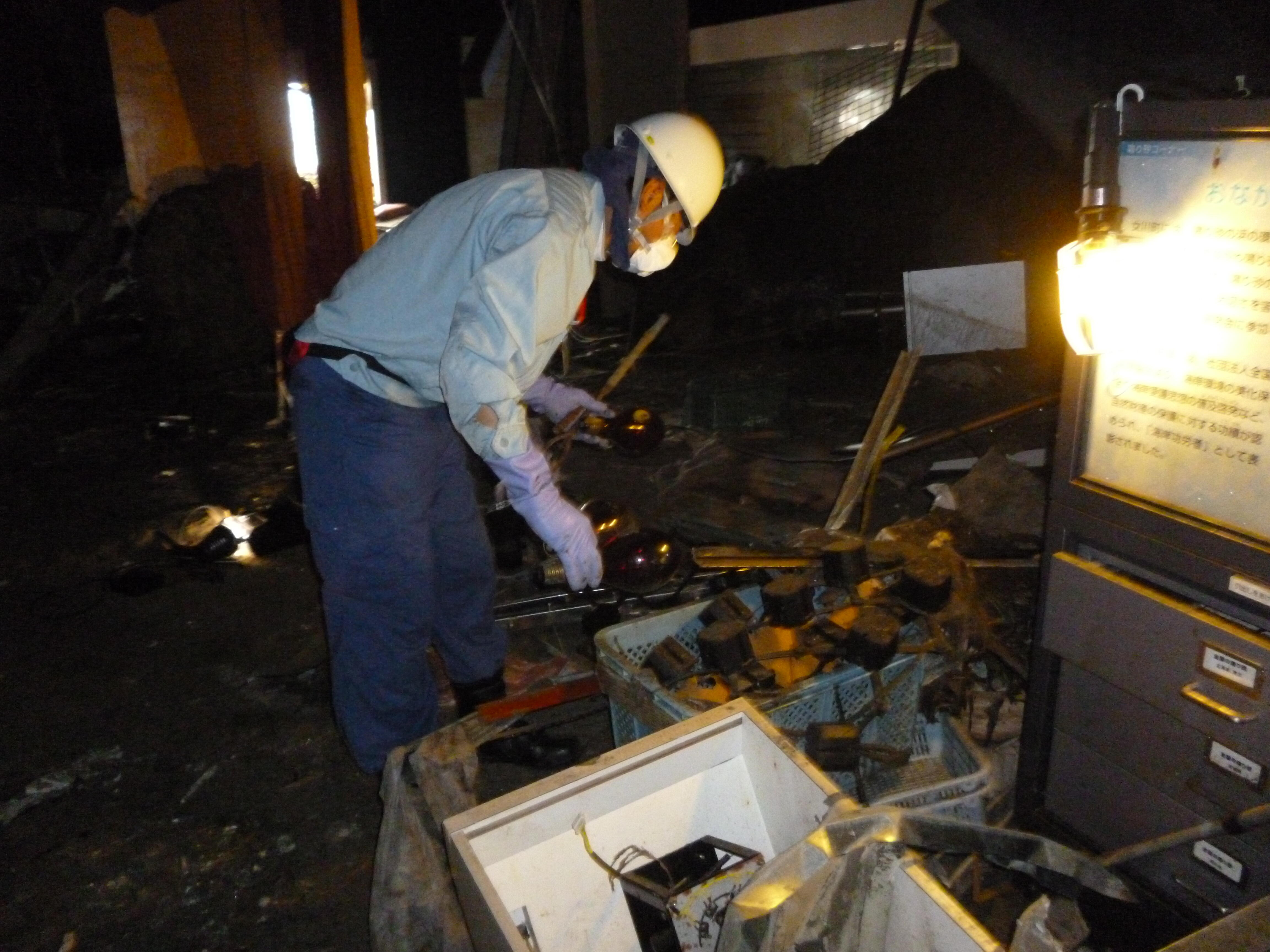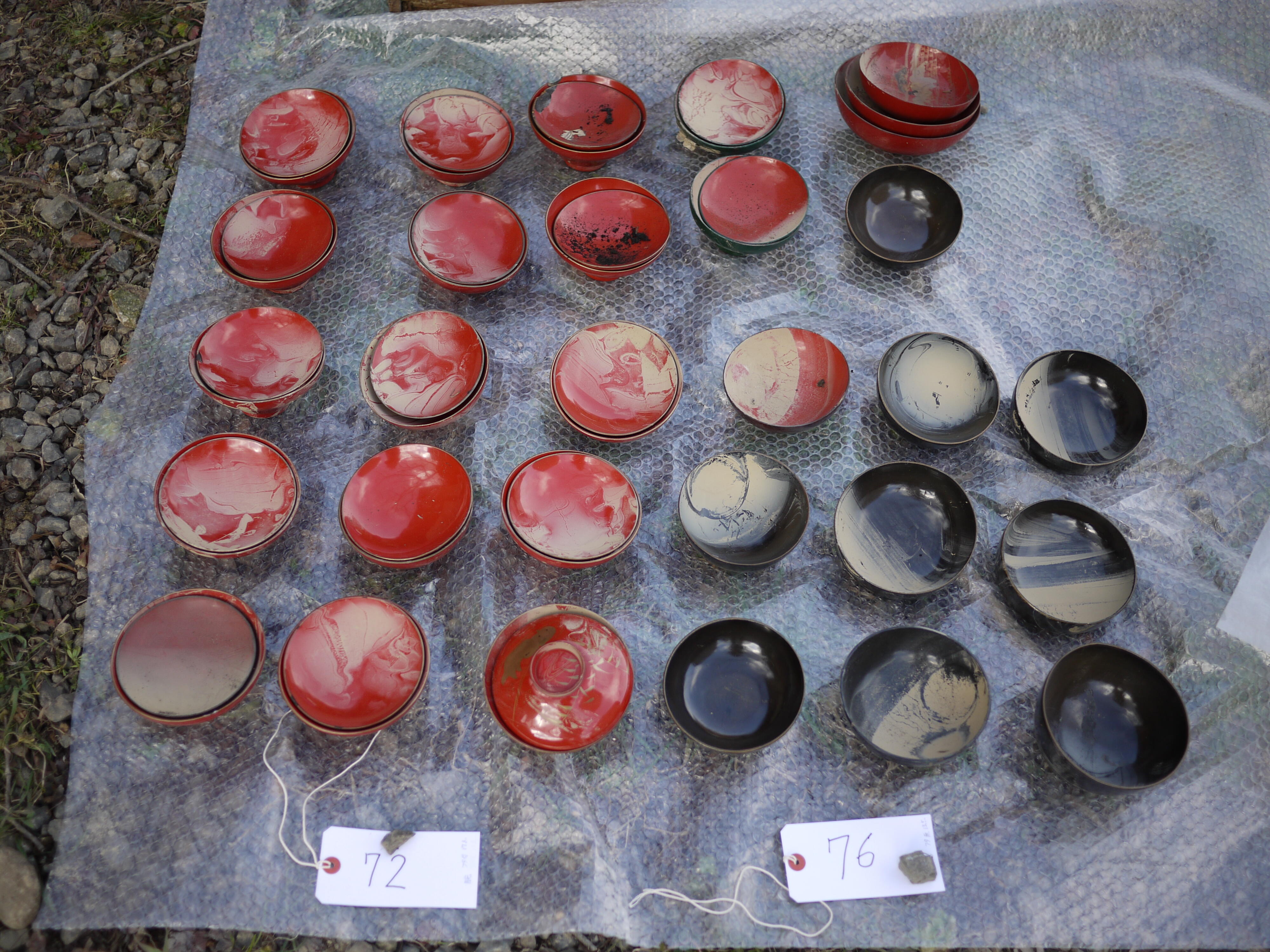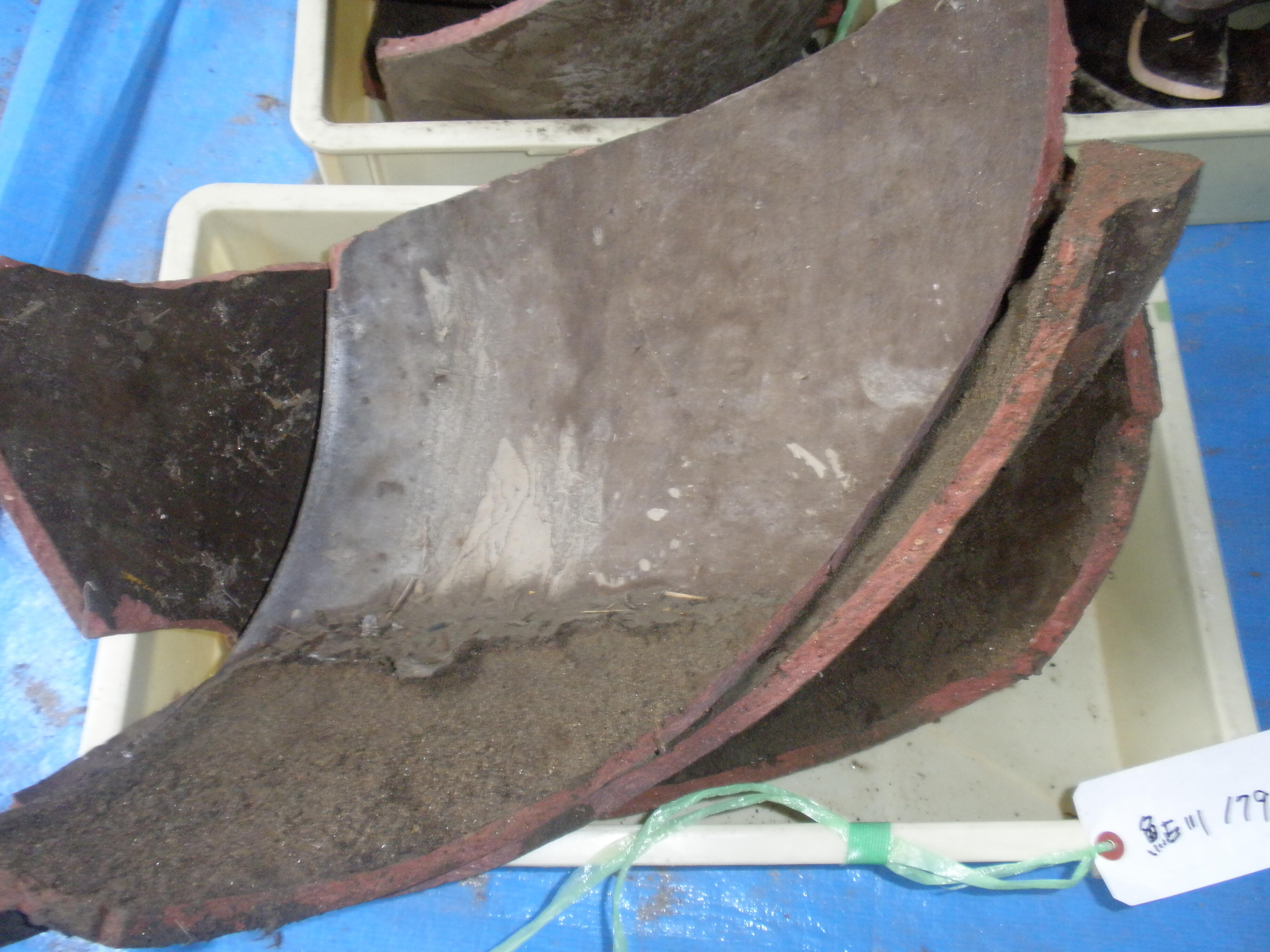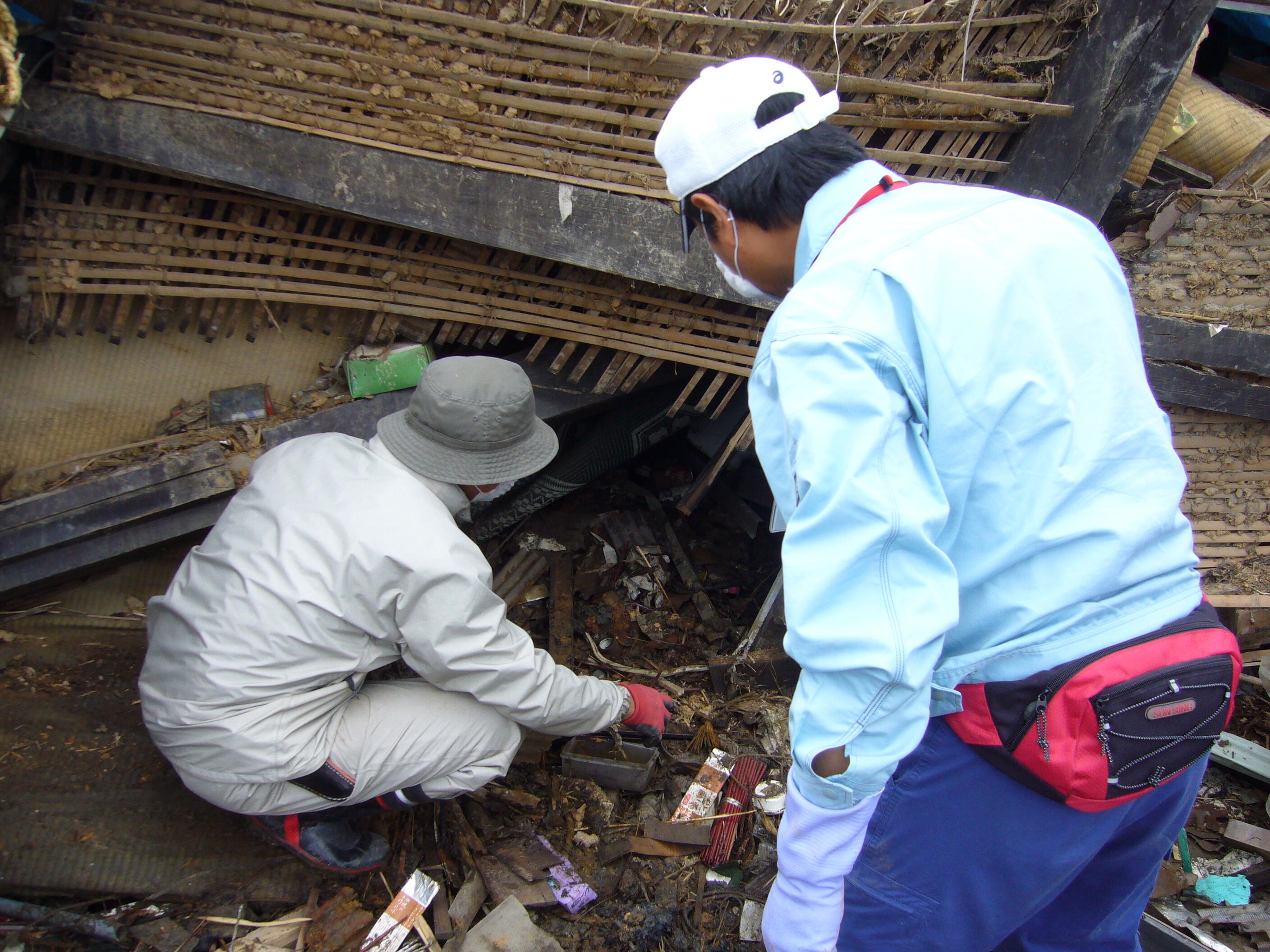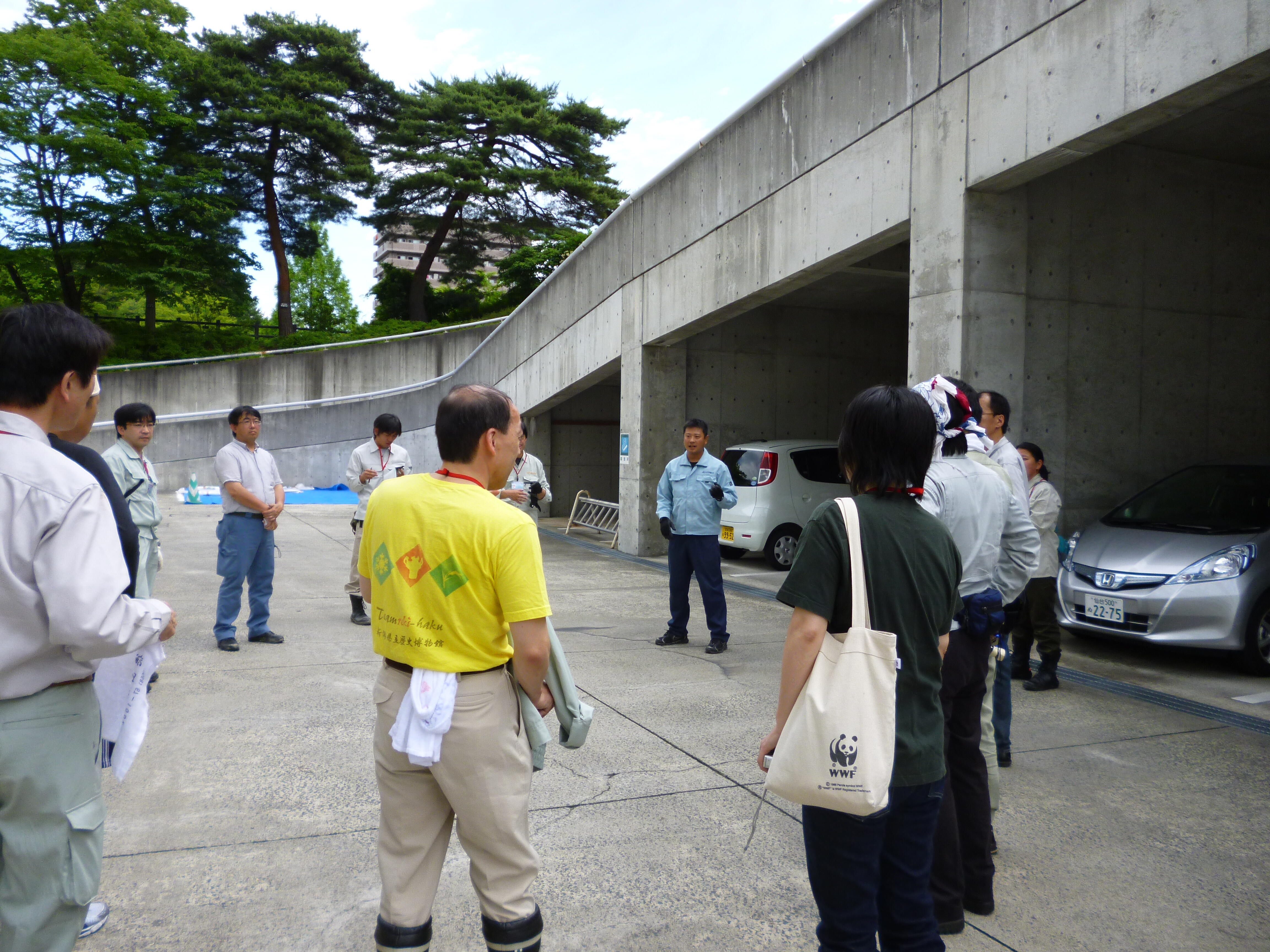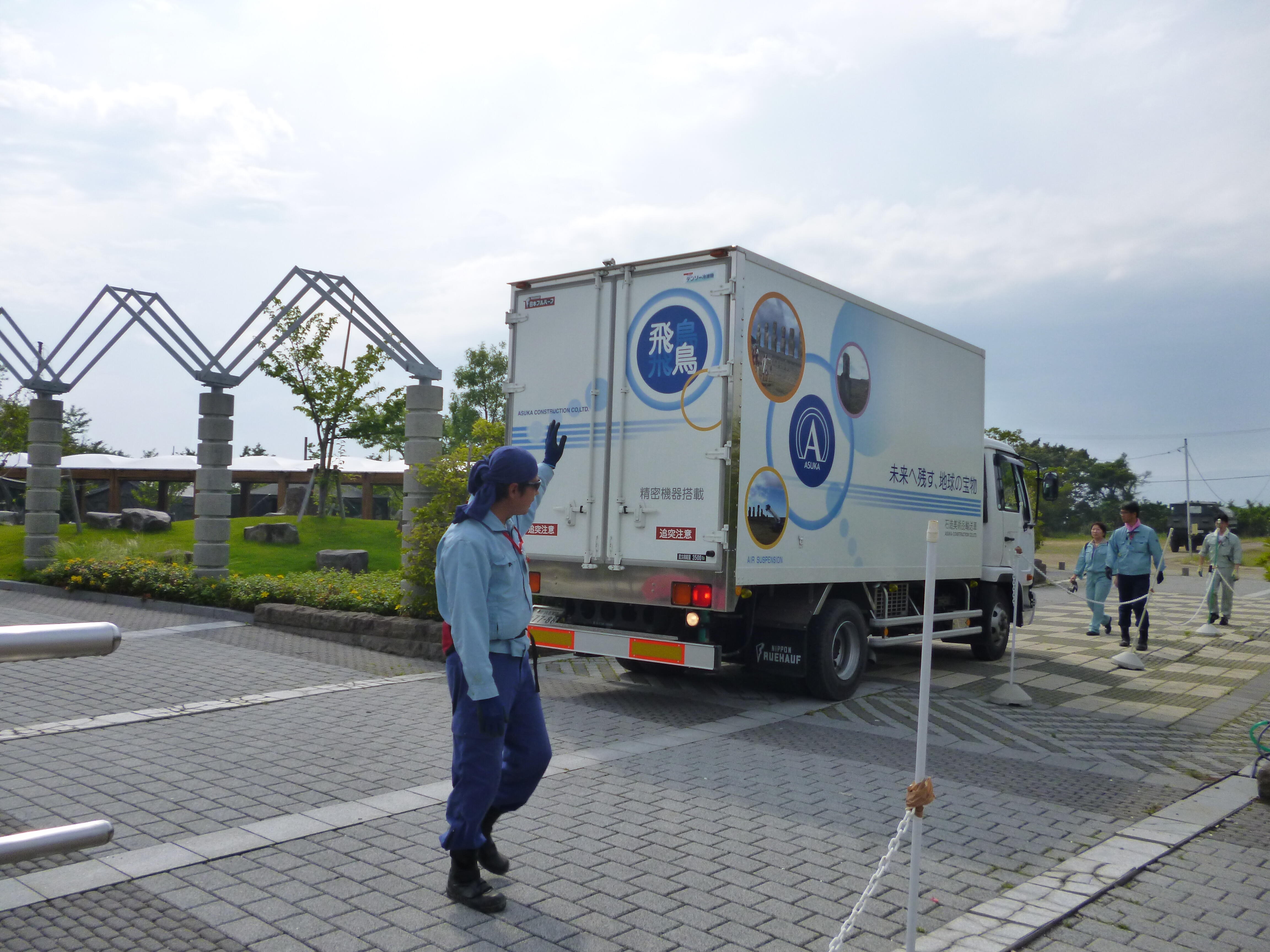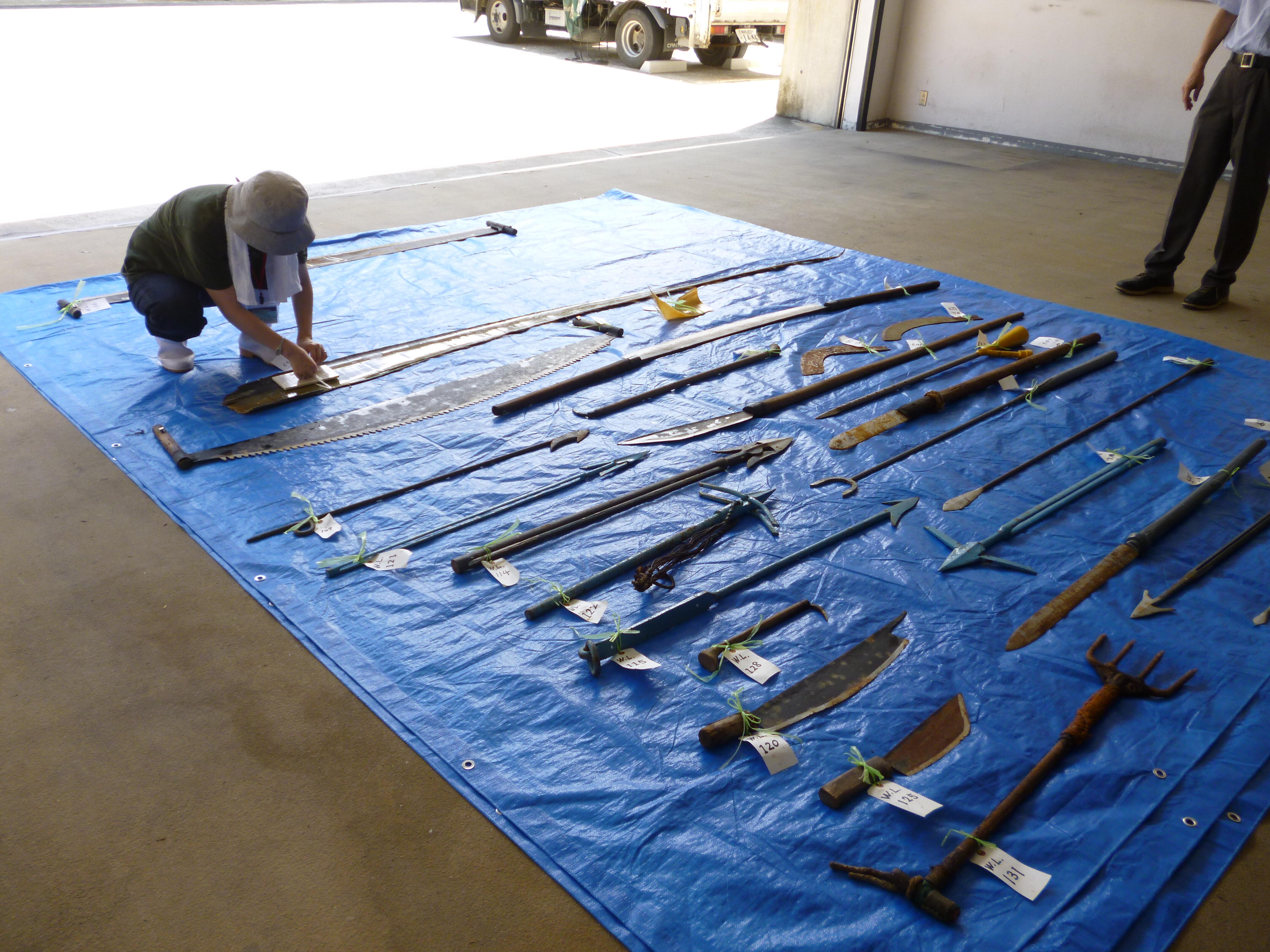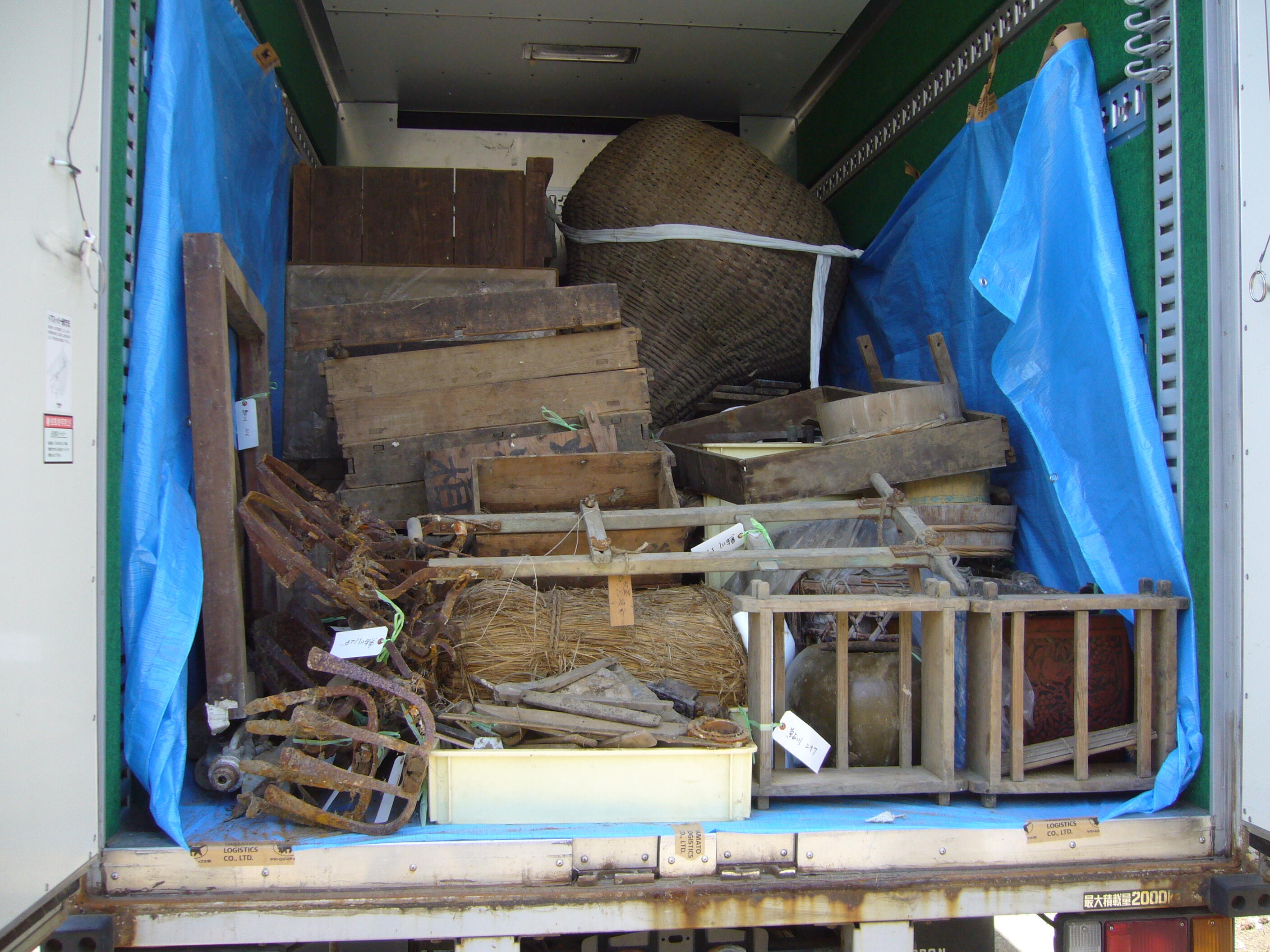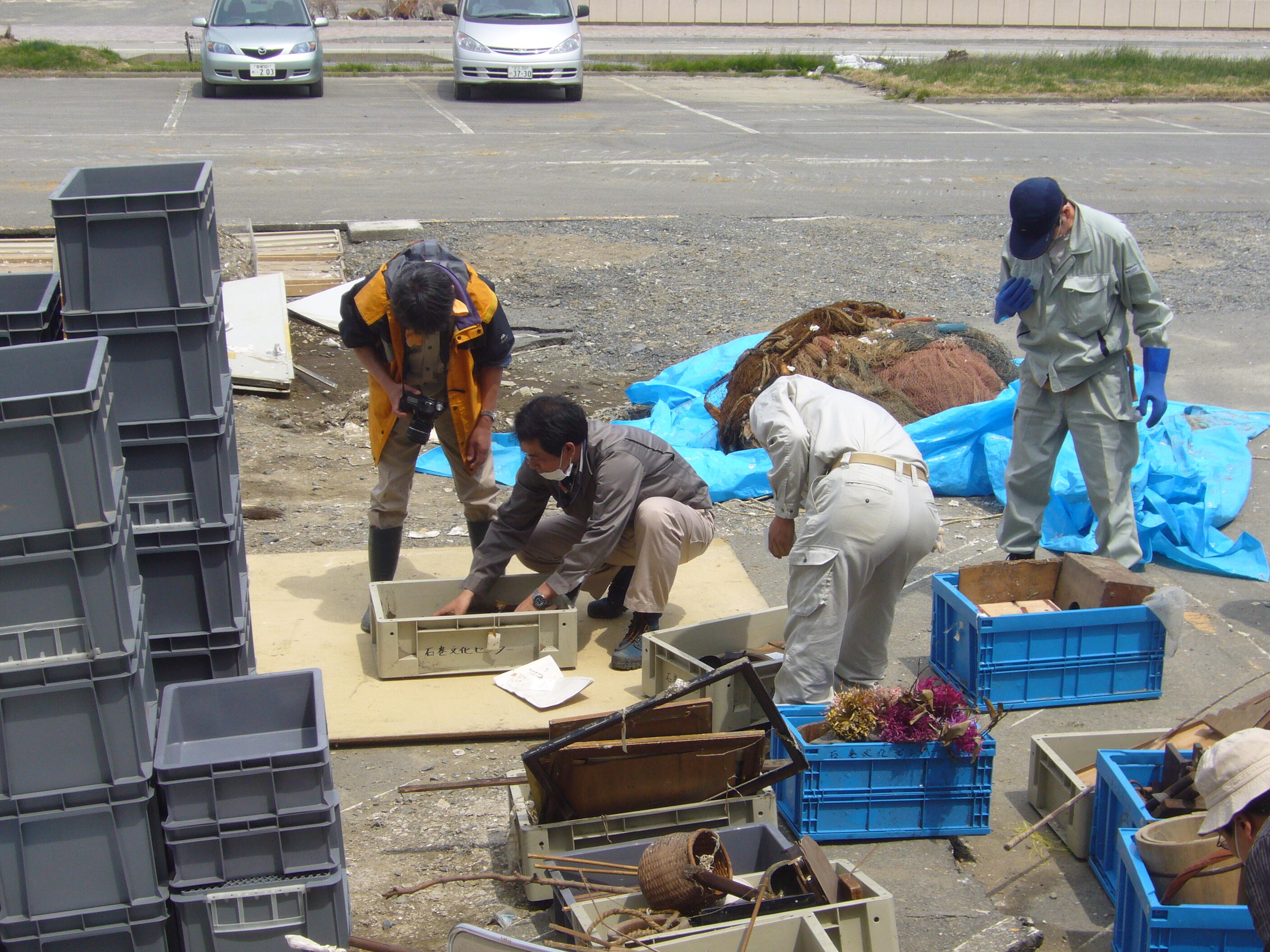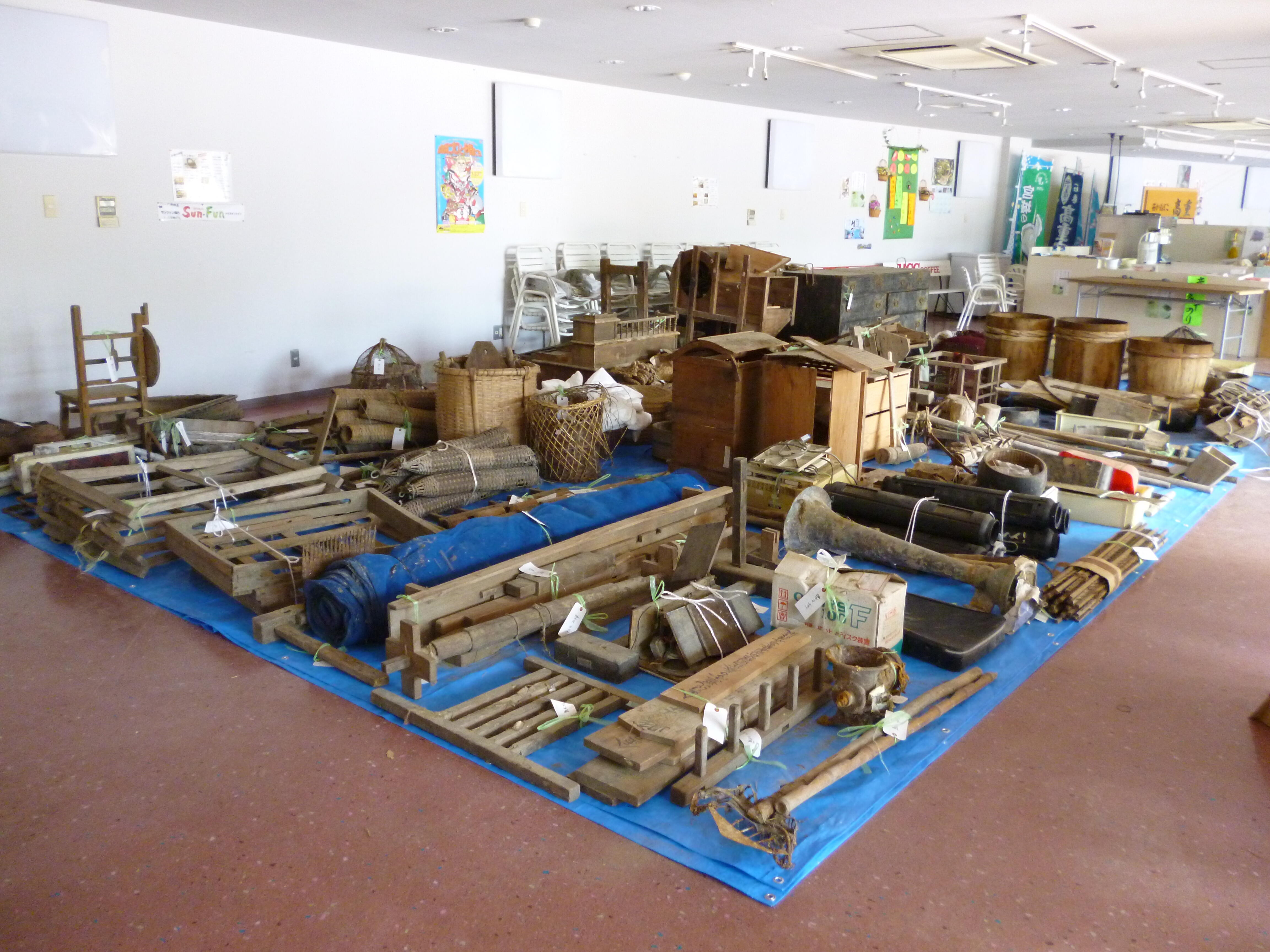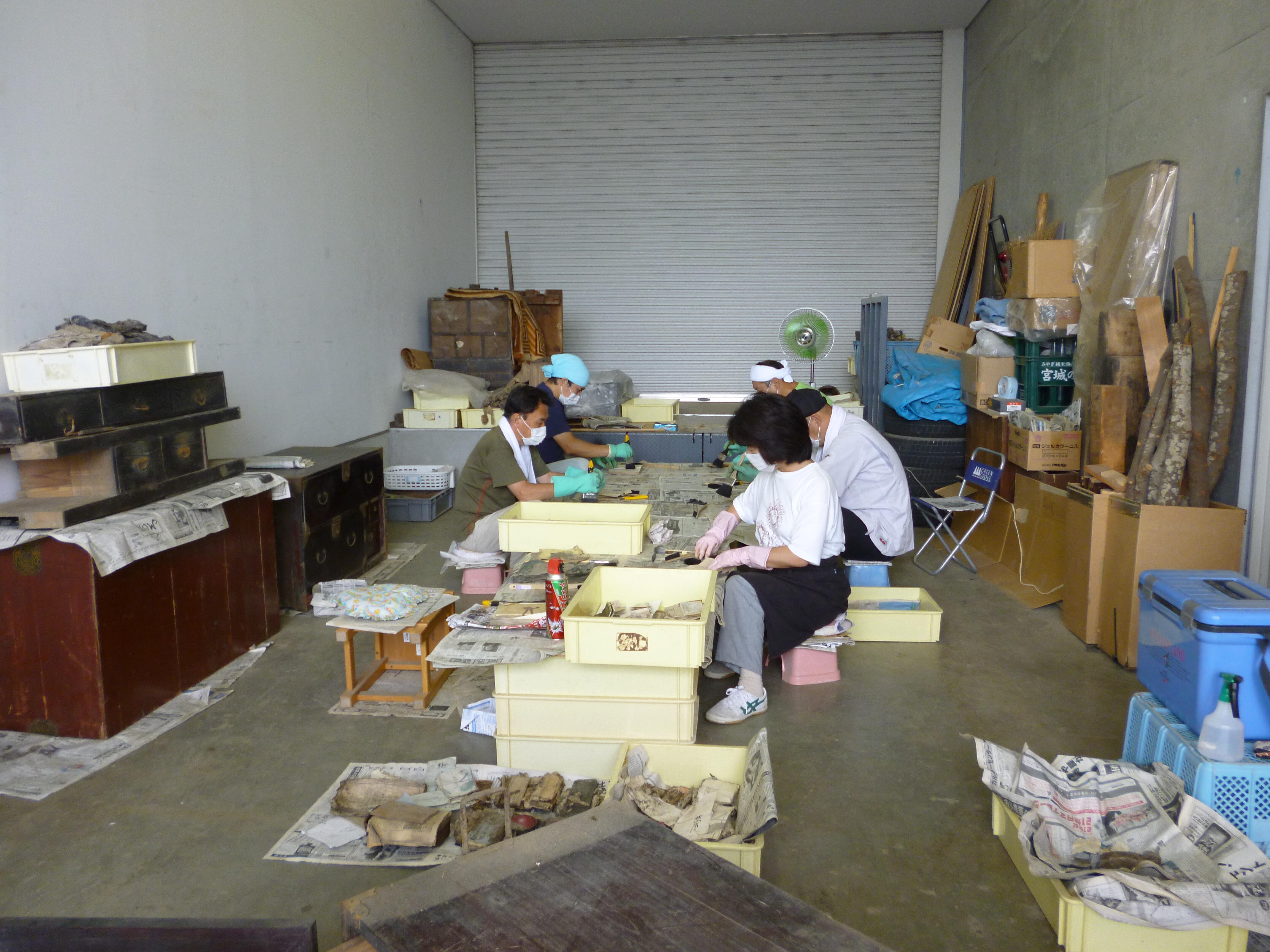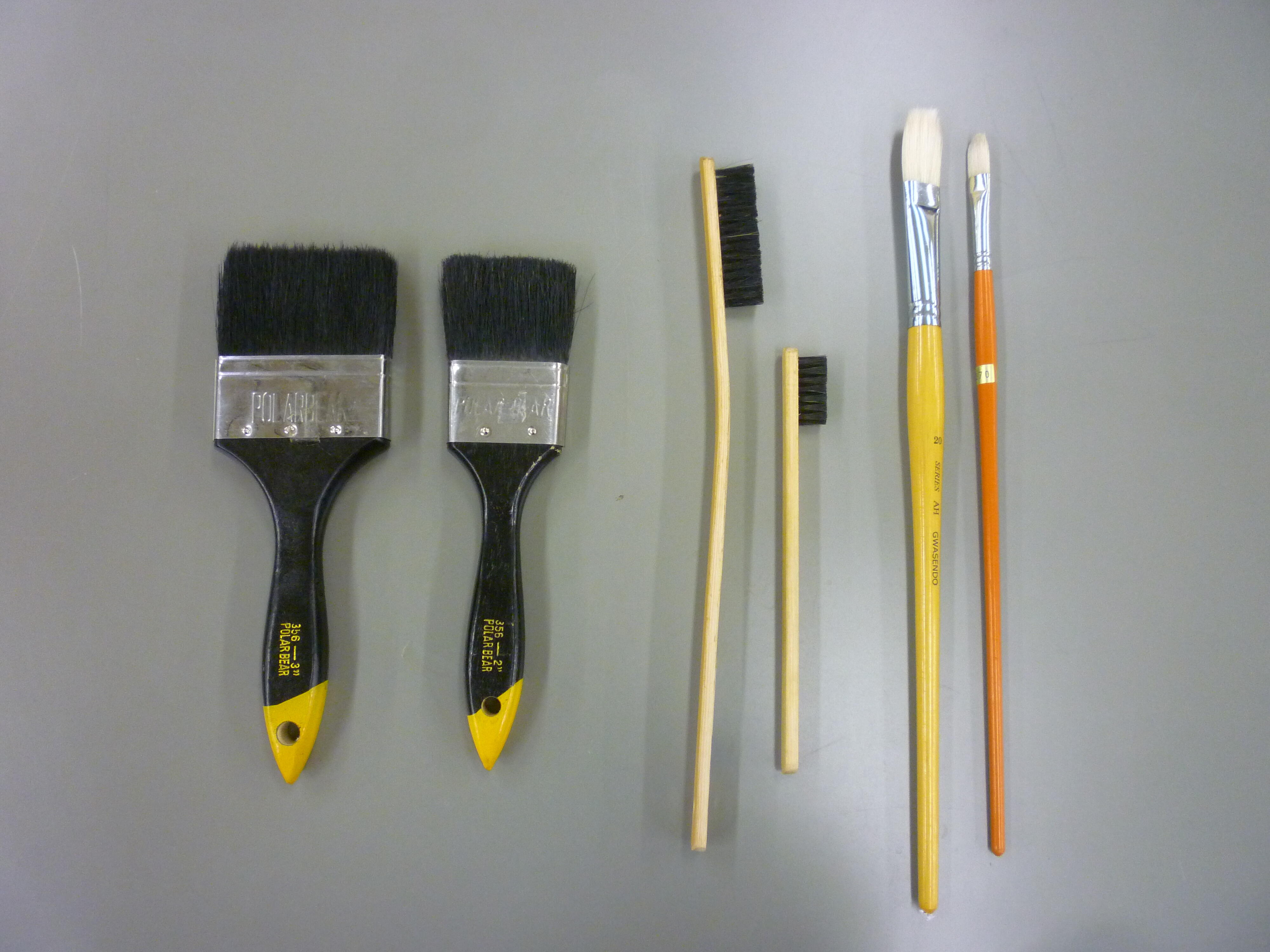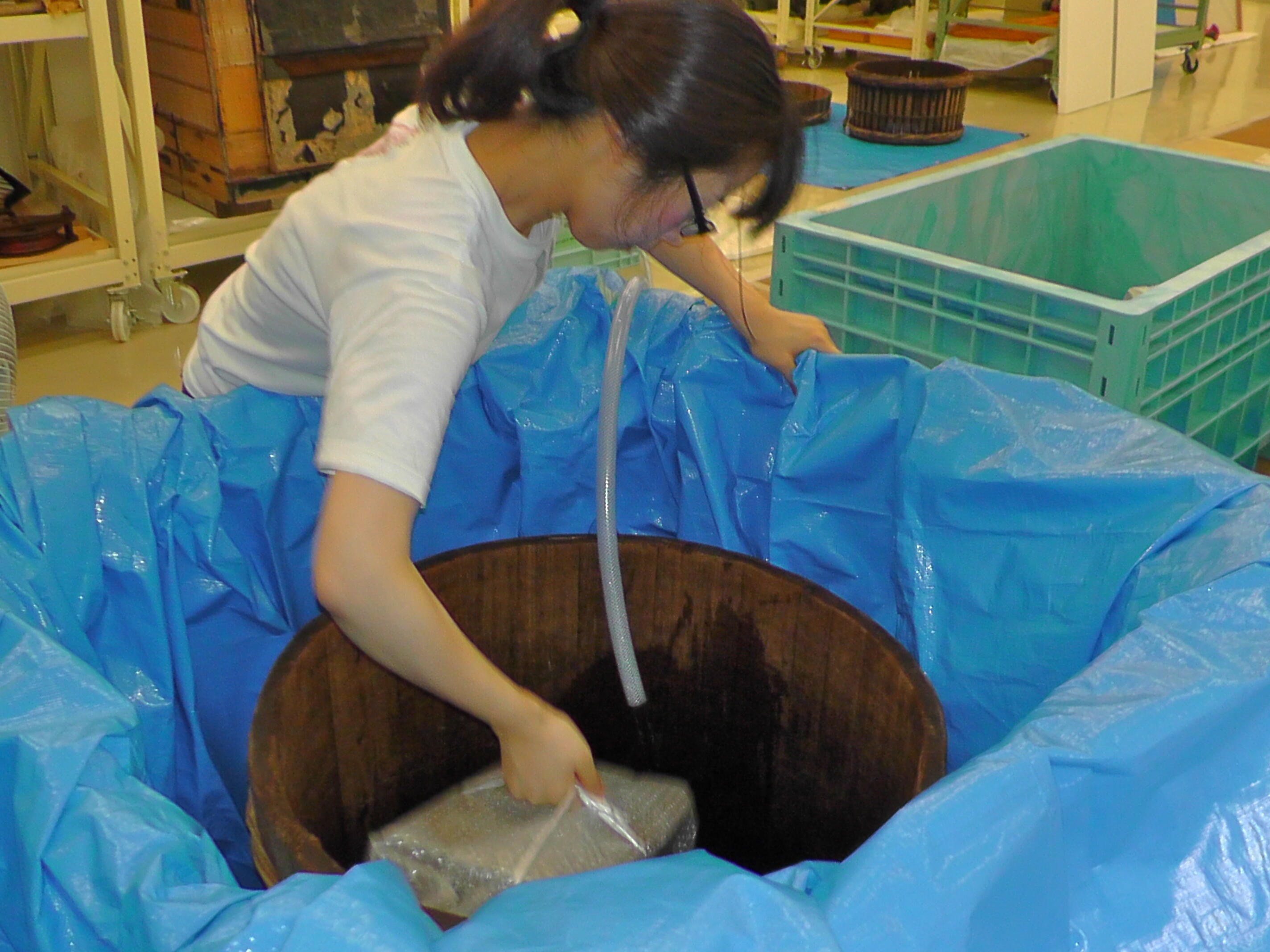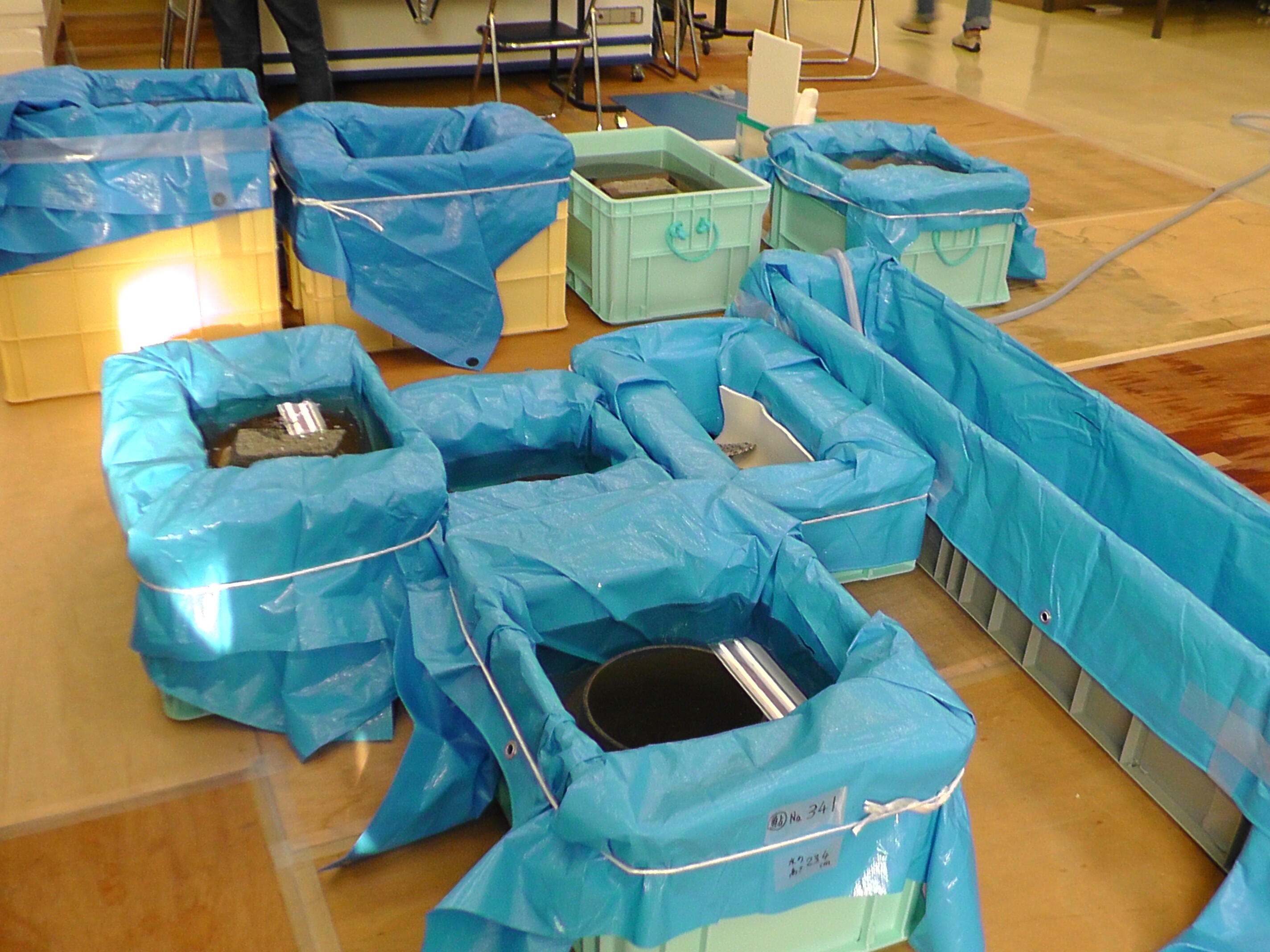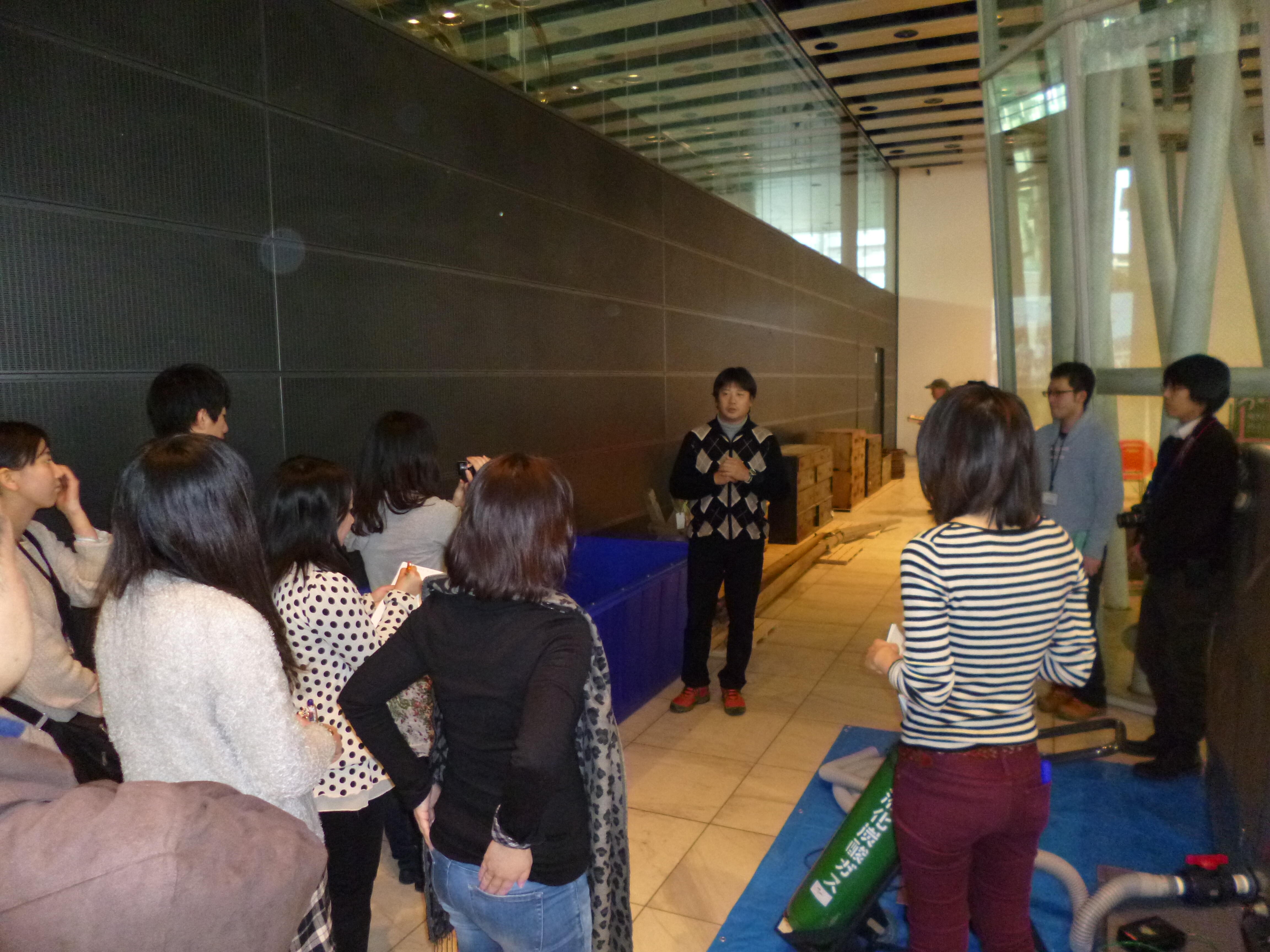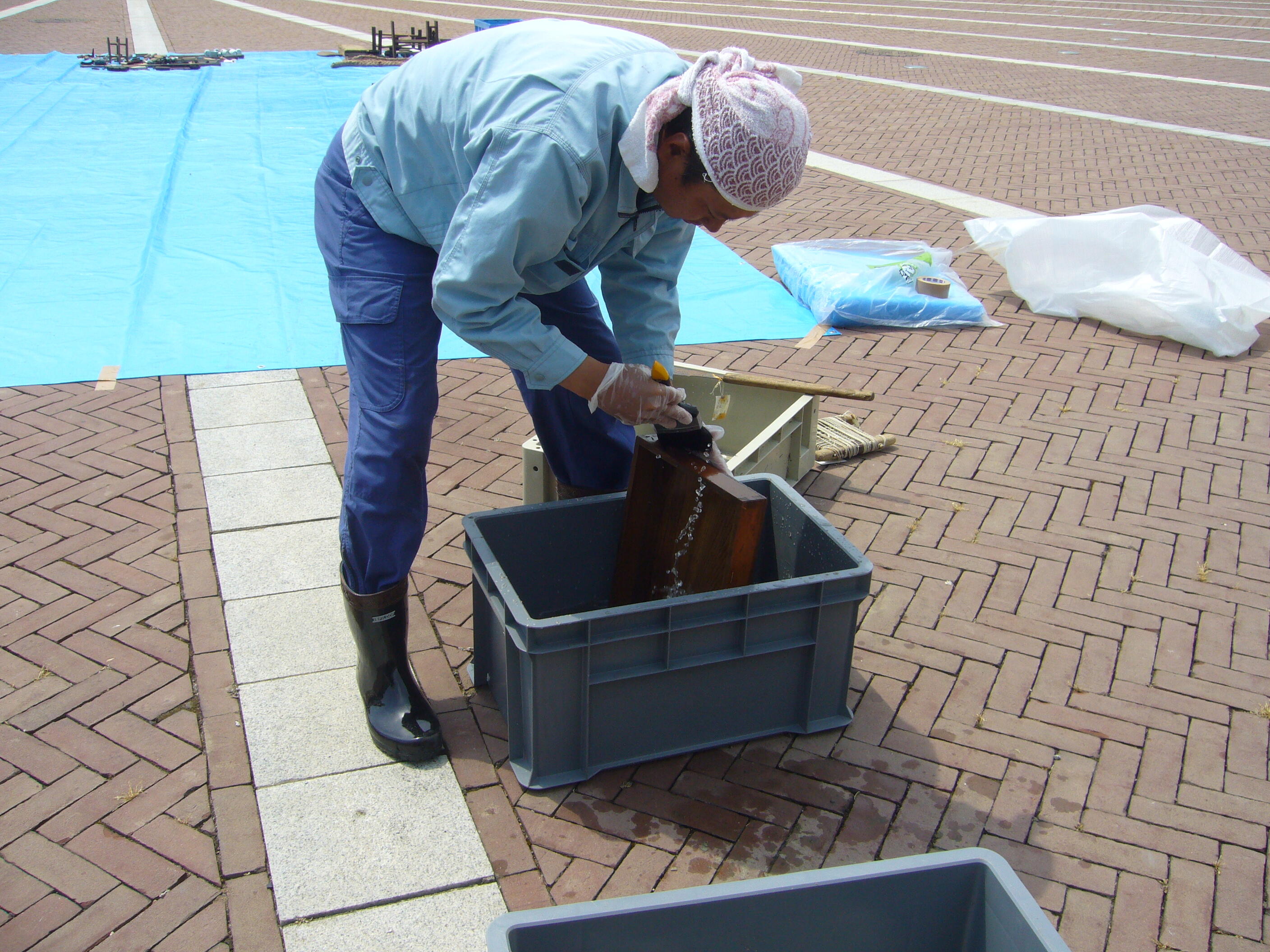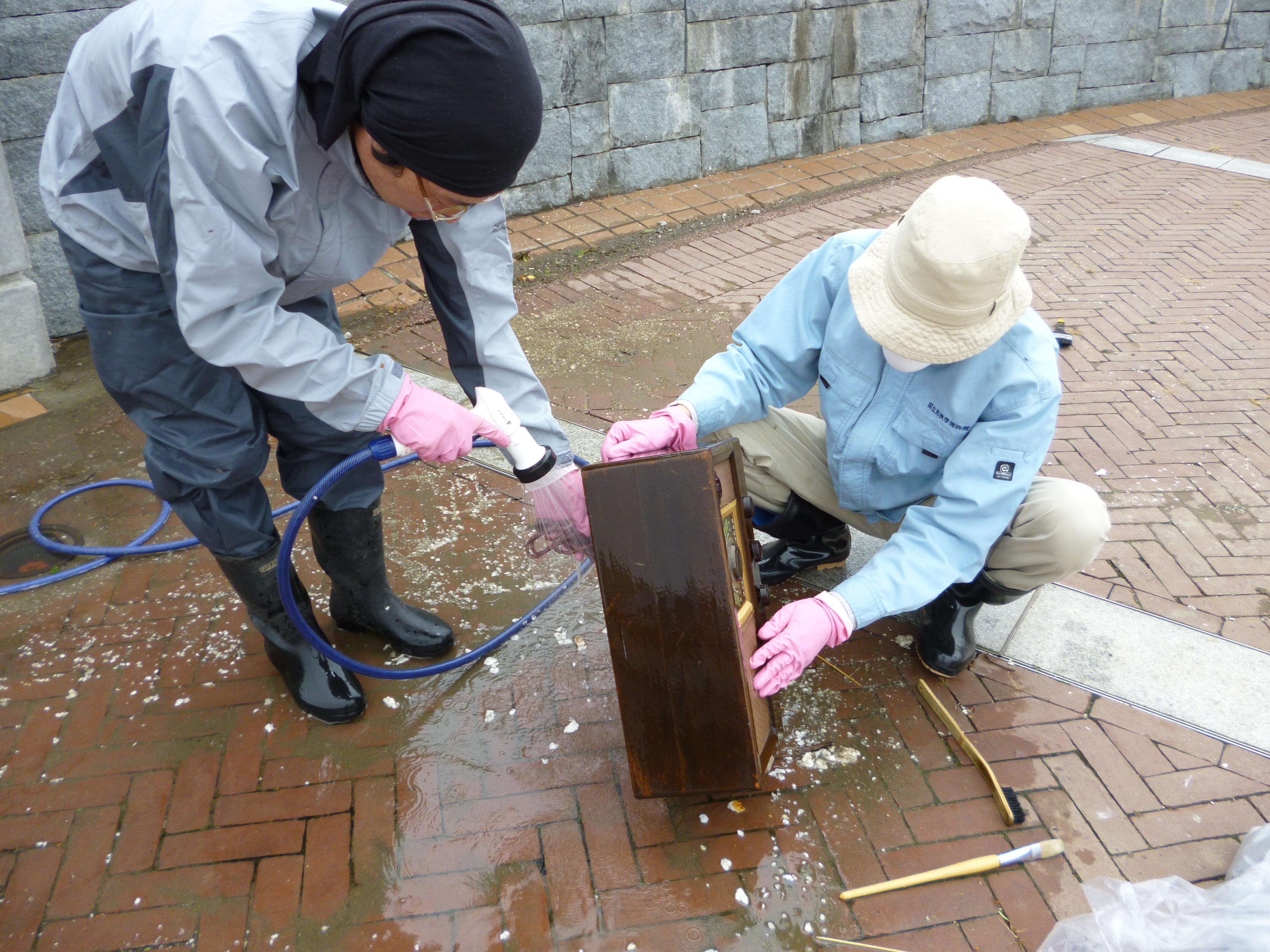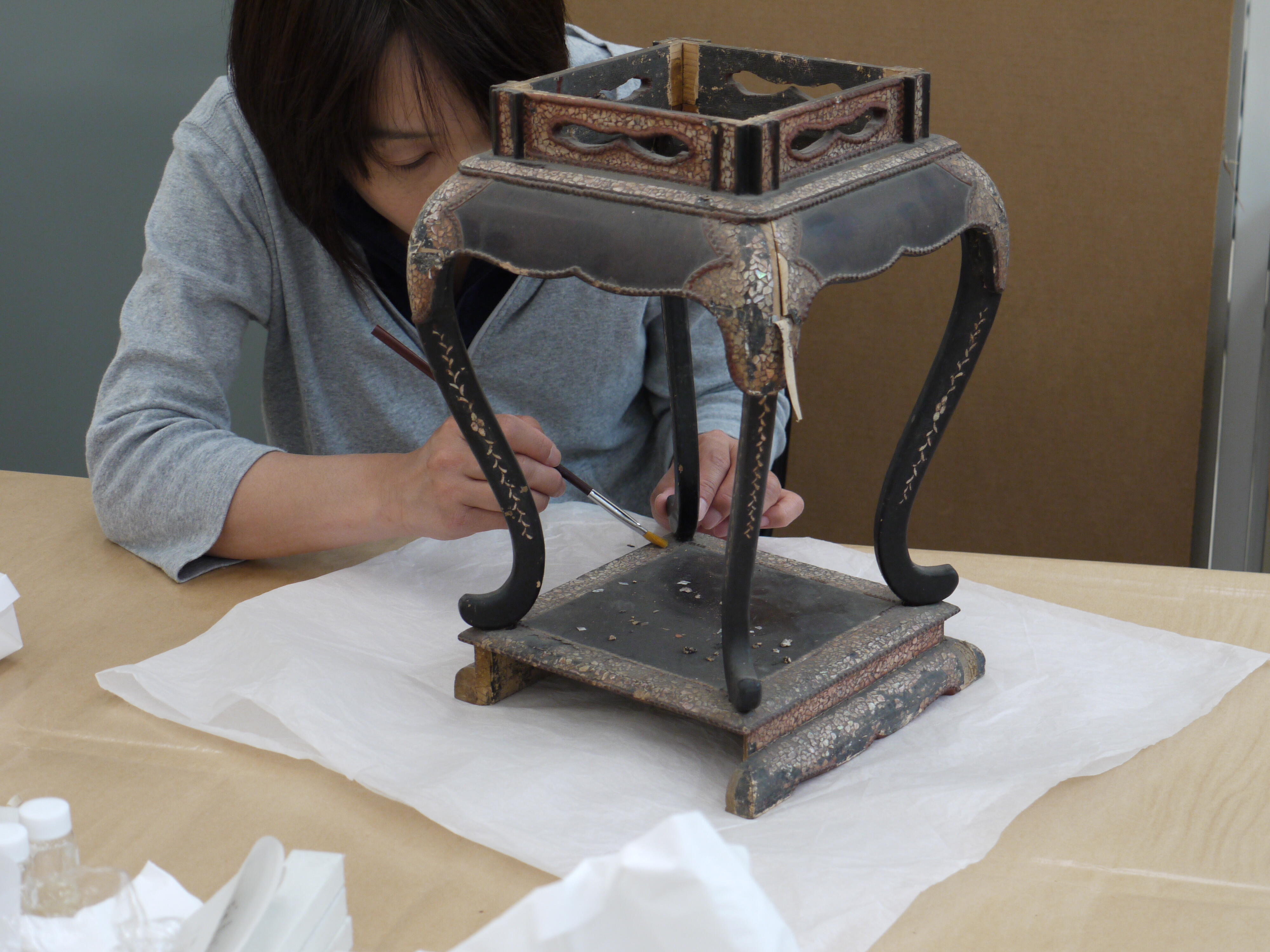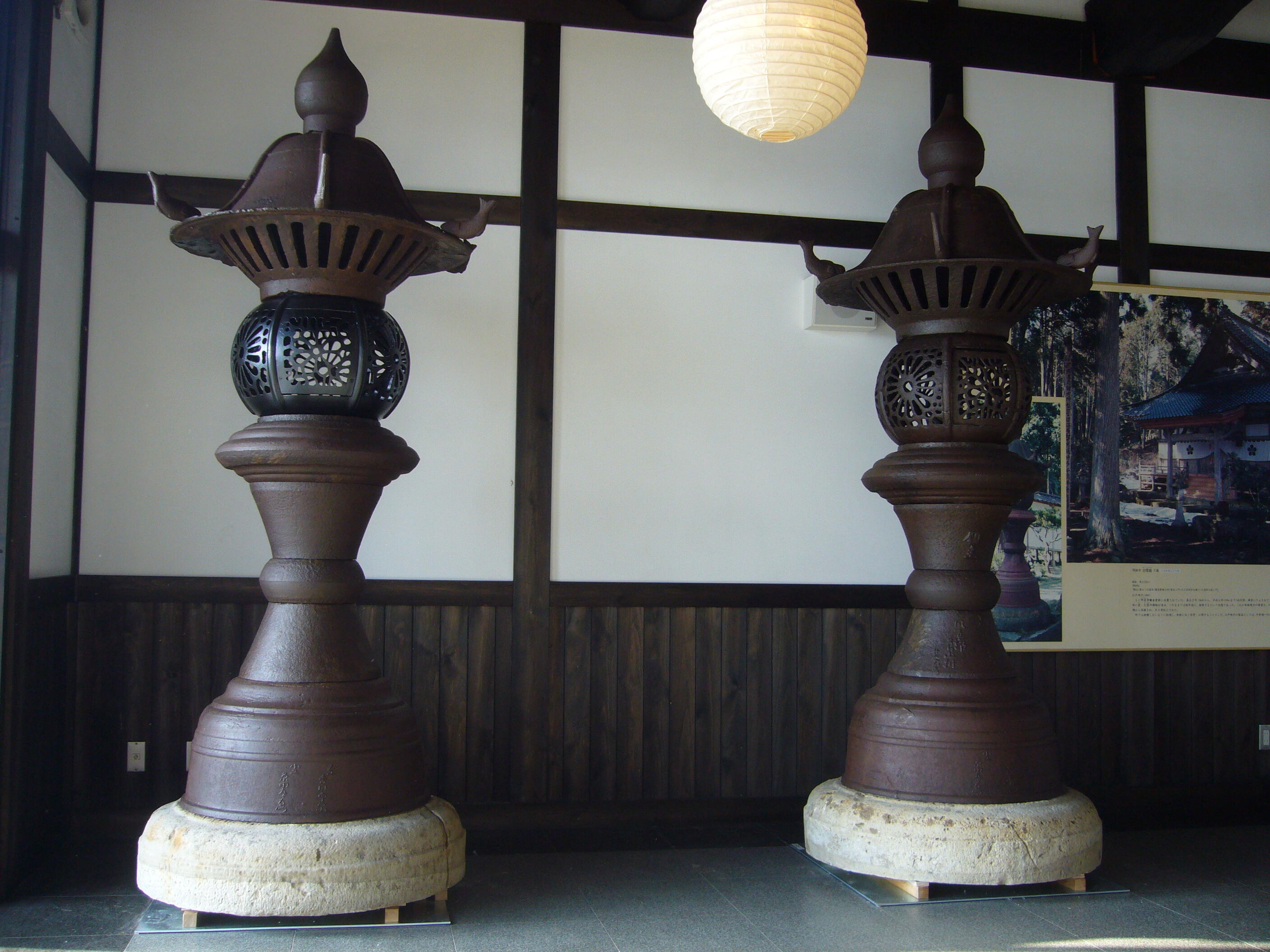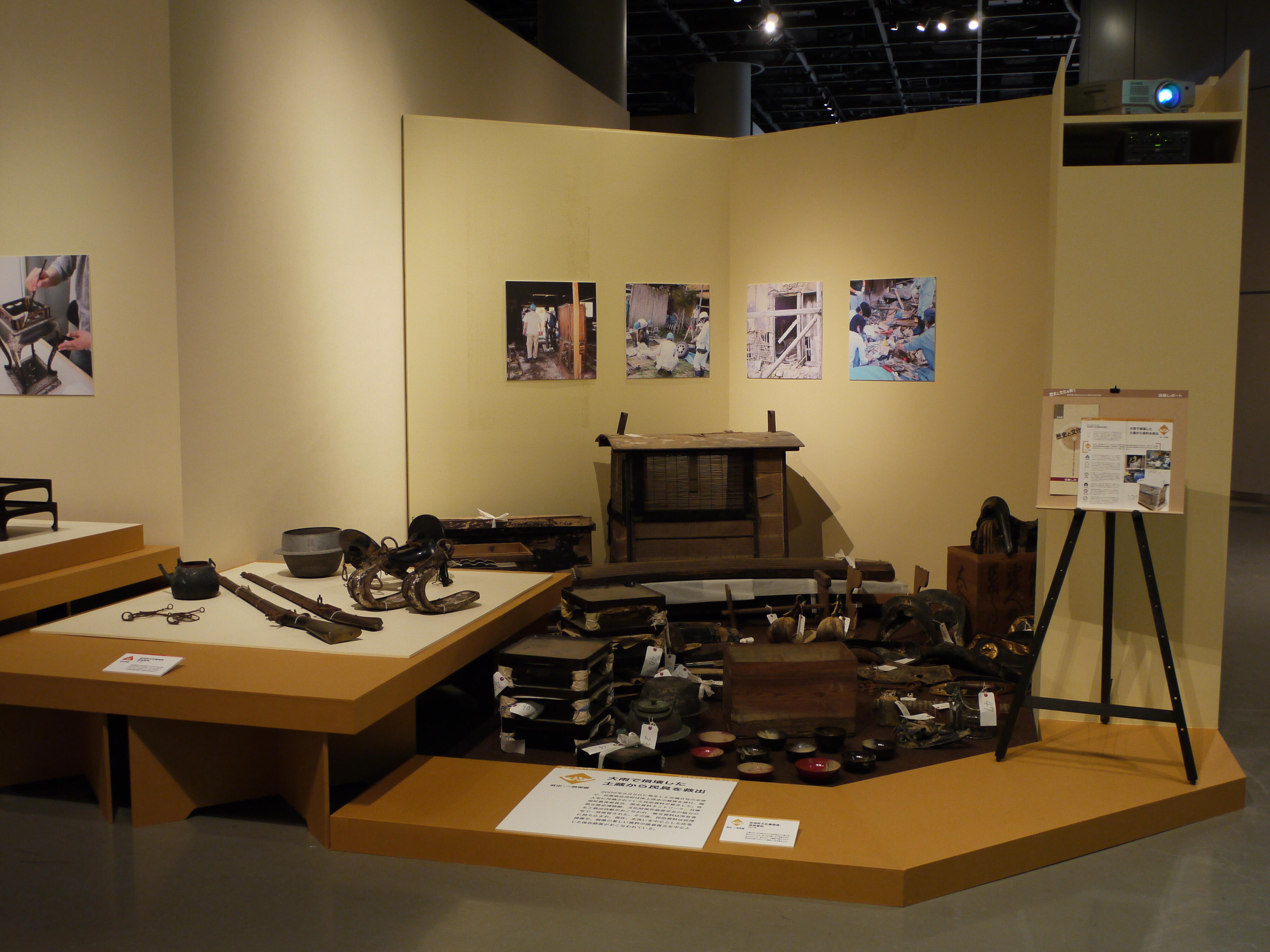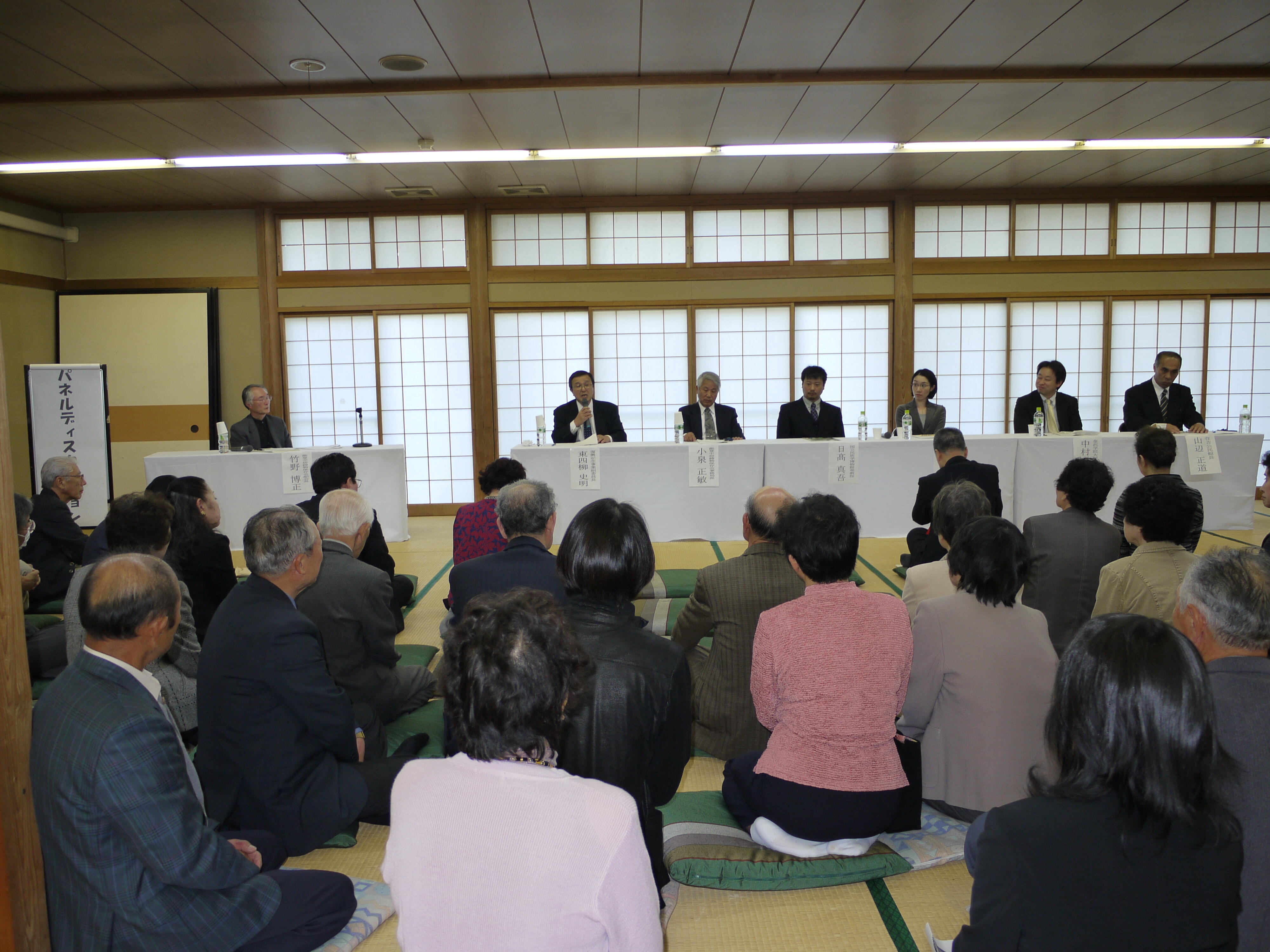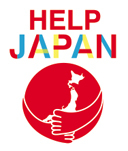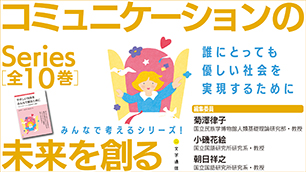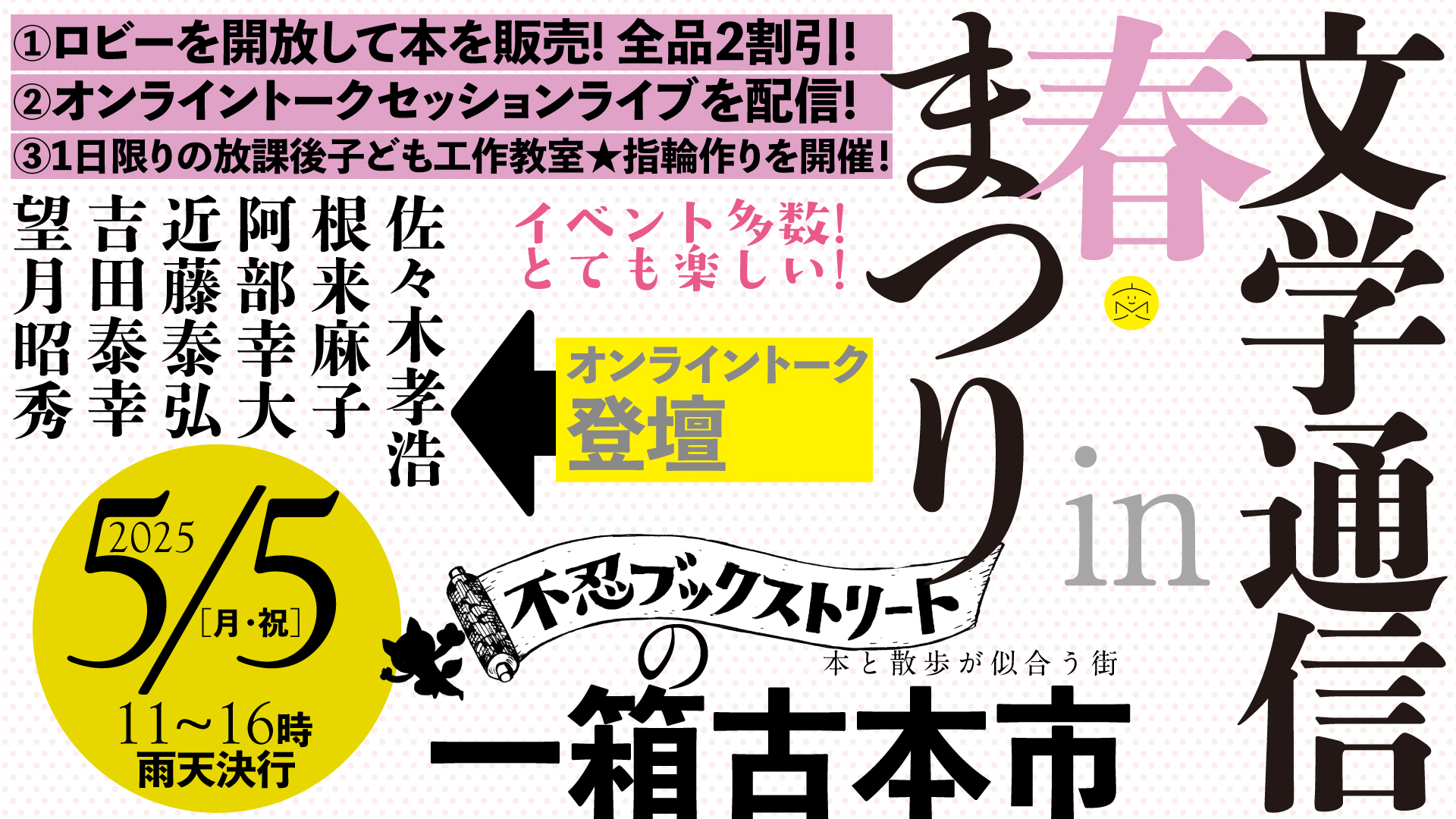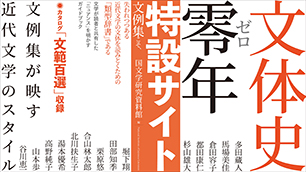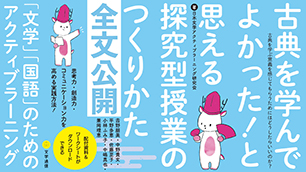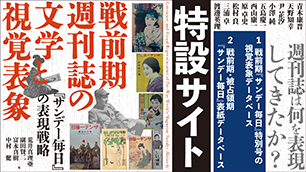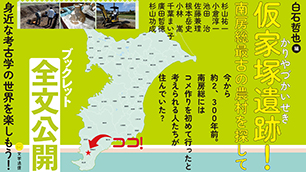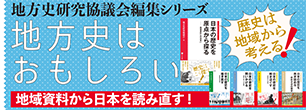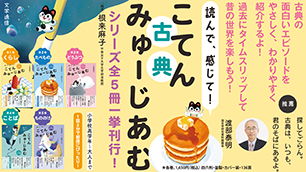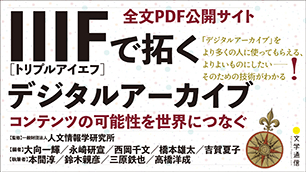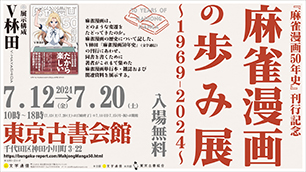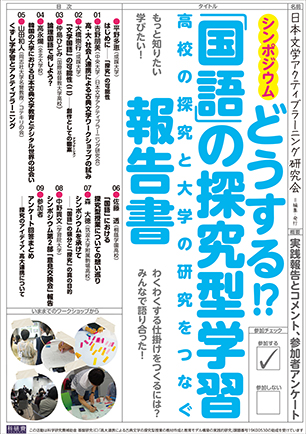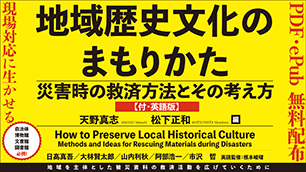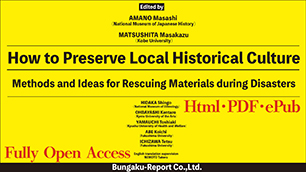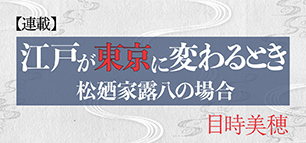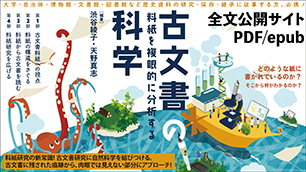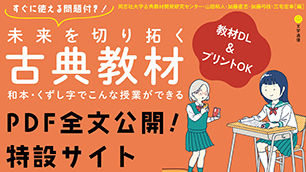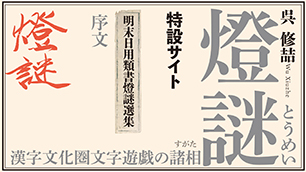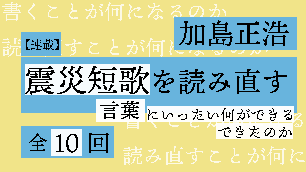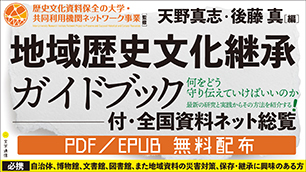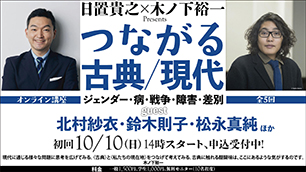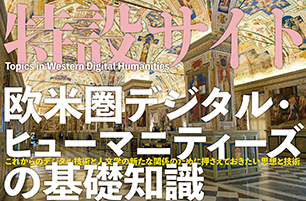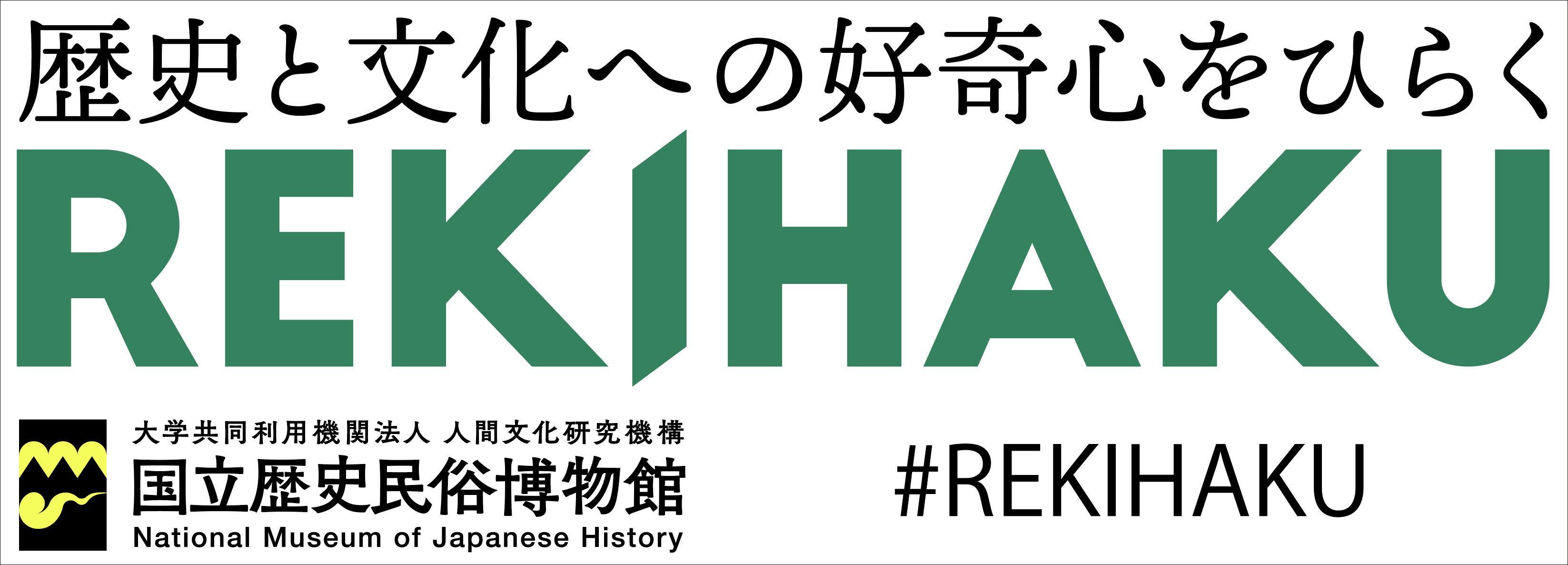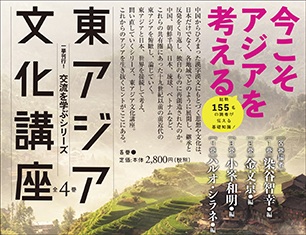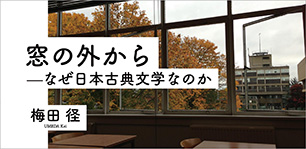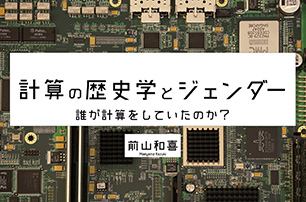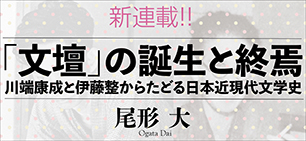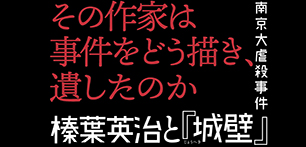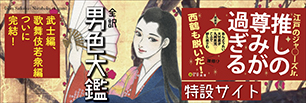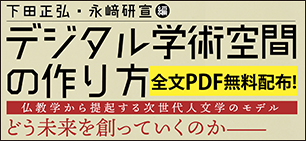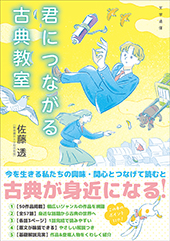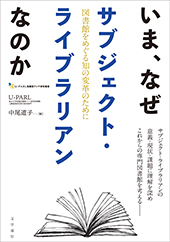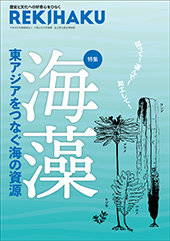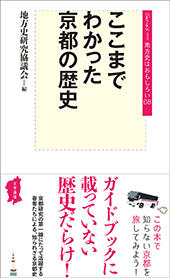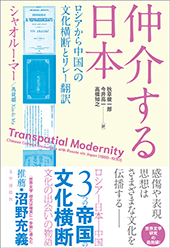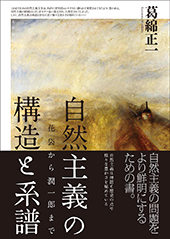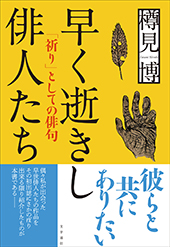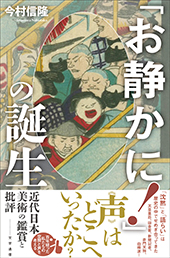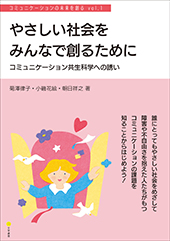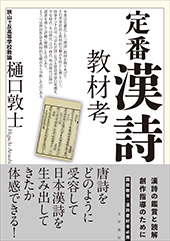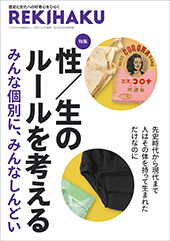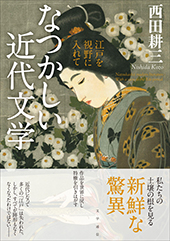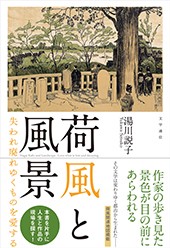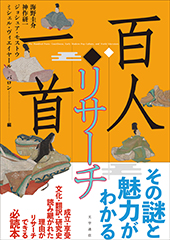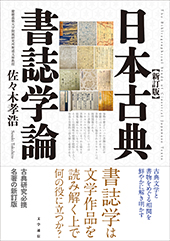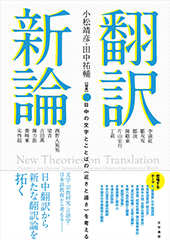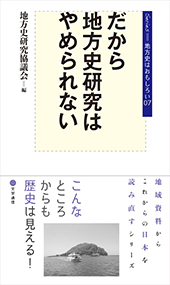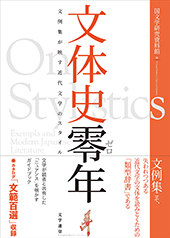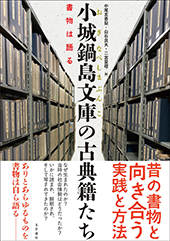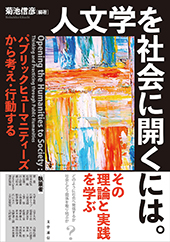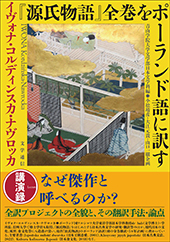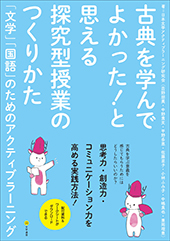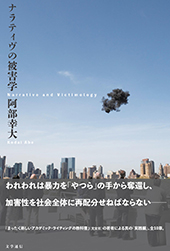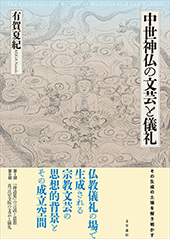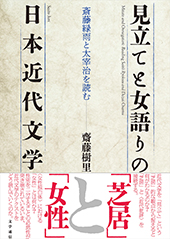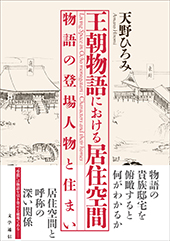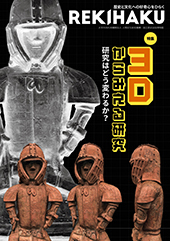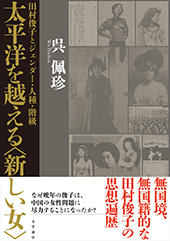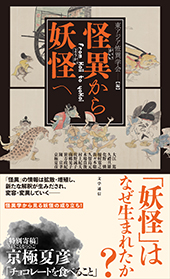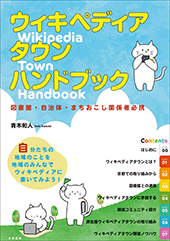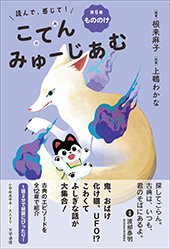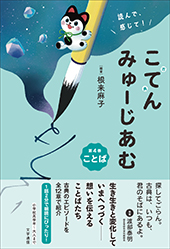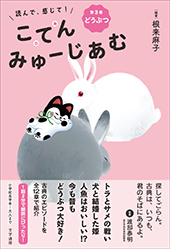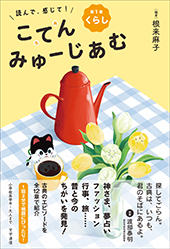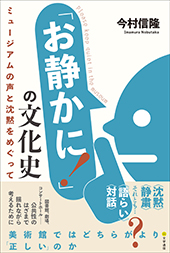Chapter 5 Folk Implements Rescue / HIDAKA Shingo (National Museum of Ethnology)
Download PDF
Chapter 5
Folk Implements Rescue
HIDAKA Shingo (National Museum of Ethnology)
Introduction
Cultural property rescue is an initiative undertaken by the Agency for Cultural Affairs to urgently preserve cultural properties, mainly arts and crafts, that natural disasters have damaged and to prevent them from being disposed of, dissipated, or stolenReferences1. In the rescue of cultural properties, folk implements are the subject of many requests for help. These items originally existed in large numbers, so as a cultural property group, they provide an overview of the living culture of that community. Therefore, cultural property rescue activities will rescue enormous numbers of implements. Despite the number of requests for help, however, we need to understand folk implements more generally, regarding them as cultural properties of great importance at a local level, and herein lies a discrepancy. When a disaster threatens to wipe out a local community altogether, for the disaster victims, these folk implements their ancestors have handed down become an indispensable anchor for the identity of the disaster-affected community and the victims themselves. They endure as a representation of everyday life or the memory of the lives of ancestors, and in doing so, these folk implements also provide the whole community and the residents with a new opportunity to think about communal regeneration. This chapter focuses on folk implements rescue conducted as a part of cultural property rescue (rescue, temporary storage, and emergency treatment) after the Great East Japan Earthquake. Note that in culture property rescue, the activity's main pillars are "rescue, temporary storage, and emergency measures". Still, this chapter gives specific examples of treatment, so it uses the term "emergency treatment".
1. Disaster-Affected Folk Implements Rescue
Following the Great East Japan Earthquake, the rescue of folk implements first started with searching for buried items while removing the broken glass scattered across the floor and clearing away the sludge that the tsunami had brought with it. It was physically exhausting work, which soon had the goggles I wore clouded from perspiration and my body drenched with sweat [Photo. 1: Folk implements rescue at a disaster-hit museum (June 2011, taken by WADAKA Tomomi)].
Photo. 1
I often couldn't tell whether I was handling folk implements or just rubble and detritus. The value of folk implements as cultural properties lies in their ability to preserve the memories of everyday life. In a sense, this scene of destruction, where everyday objects had become nothing but rubble and detritus, was perhaps their fate. As I struggled to judge whether I was handling rubble, detritus, or folk implements, I decided to rescue everything. If you discarded it, it would be gone forever; if it later turns out to be rubble or detritus while sorting, you could discard it. A worker's capacity for judgment inevitably diminishes when working in the harsh environment experienced during post-disaster rescue activities. Thus, it is necessary to err on the side of caution and rescue anything that could be a folk implement. Rescued folk implements are covered in dirt to varying degrees from the dust generated by the rubble [Photo. 2: Example of folk implements covered with dust following the disaster (February 2010, taken by HASHIMOTO Sachi)].
Photo. 2
In some cases, disaster-affected cultural properties are no longer in their original shape due to damage from the impact of falling over or falling from a height or the shelf on overturning [Photo. 3: Folk implements damaged and no longer in the original form (June 2011, taken by the author)]. To find folk implements in this condition among the rubble and detritus, it seems essential for the rescue team to include curators from museums and art galleries, who are used to dealing with cultural properties daily.
Photo. 3
Next, let us see the system for rescuing disaster-affected folk implements. Rescue is an activity which, above all, requires many people. Since the Great Hanshin-Awaji Earthquake, several big disasters have repeatedly hit Japan and damaged cultural properties. In response, a system has been established for staff from cultural property preservation institutions in addition to curators from public and private museums and art galleries, to assemble at disaster sites. Experience in rescuing disaster-affected cultural properties and museum materials has accumulated, leading to excellent results. However, the teams carrying out this work consist of curators and researchers from all over Japan with various areas of expertise. Therefore, if the team members work according to their value judgments and areas of expertise, their efforts would become disjointed, and achieving the overall objectives would not be possible. It is, thus, necessary to appoint a team leader in charge of the whole rescue site who can devise a work plan and give instructions to the rest of the team.
The team leader's job starts with a preliminary survey of the rescue site [Photo. 4: Preliminary survey before rescue work (June 2011, taken by WADAKA Tomomi)]. The team leader works out an effective plan to avoid accidents. Cultural property rescue takes place during the restoration phase of a disaster-hit area, so much of its road network is still in disrepair. The rescue activities following the 2011 earthquake were carried out in just such conditions, and it would generally take about three hours to get to the site--a journey time that would be inconceivable in normal times. It directly impacts the ability to secure enough working time at the site. In the preliminary survey, it was essential to devise a thorough plan that considers how to achieve results from the rescue activities most effectively within a limited timeframe.
Photo. 4
Before the actual work begins, the team leader must first hold a pre-meeting to explain the objectives and plan to all [Photo. 5: Pre-work meeting in June 2011 (taken by KAWAMURA Yukako)]. If all the team members did not share the goals, work plan, and the work objectives for that specific day, it would be impossible to obtain effective results. Supervising the site is necessary to ensure regular breaks during working hours and to secure the site's safety to avoid accidents and prevent injury or illness. In particular, it is essential to adhere strictly to instructions about breaks. As described above, the rescue site is a harsh environment. Not taking proper breaks increases the risk of dehydration and heat stroke. When this happens, you ultimately rely on disaster victims' help: you need to take breaks to rest and regain your composure. One of the team leader's most important roles is to be aware of this and to share that awareness with the rest of the team. When I was team leader during the rescue activities following the Great East Japan Earthquake, we took 10-minute breaks every 40 minutes. As a result, no one got injured or sick, and we were able to carry out effective rescue activities.
Photo. 5
Finally, the team leader writes a daily report of the rescue each day for the benefit of the next team leader. The area hit by the 2011 catastrophe was vast, and circumstances occasionally required a change of team leader. It is necessary to establish a system for doing a proper handover of the work by maintaining a daily report.
2. Temporary Storage and Sorting/Recording
Temporary storage means moving cultural properties from the rescue site [Photo. 6: Transporting items to temporary storage (June 2011, taken by WADAKA Tomomi)] and storing them safely [Photo. 7: Putting items in temporary storage (June 2011, taken by the author)]. The term "safe" in this context includes protection from wind and rain and security in terms of crime prevention measures, such as locking and managing the storage facility.
Photo. 6
Photo. 7
With temporary storage, the person in charge of the disaster-affected museum or other cultural property storage facility will only be present for a limited amount of time, so moving all cultural properties to the storage site in one go is necessary. You have no time for "art packaging" when transporting large quantities of folk implements in a limited timeframe. Apart from fragile items, therefore, all other items with a reasonable degree of robustness should be loaded onto the truck bed as far as possible [Photo. 8: Loading up a truck with as many disaster-affected folk implements as possible (July 2011, taken by the author)].
Photo. 8
In addition, when transporting the disaster-affected folk implements, the truck drivers are not specialist drivers but people like the author, who are not used to this kind of work. The roads are often unstable, and the destination is some 50-100km away, so great care is required to avoid accidents. In these difficult conditions, expecting one person to manage all the driving safely on their own is unreasonable. Securing several drivers, taking turns driving, and being ever-mindful of safety while on the move is of great importance.
The work from rescue to temporary storage requires swift action within a limited timeframe. However, we should remember that we are dealing with many folk implements temporarily moved from their designated locations. It is also essential to keep a record of moved items. Suppose you have no record of the number of items of cultural property X at facility A. In that case, it will become impossible to confirm the number of rescued folk implements during subsequent rescue activities. Therefore, while doing the work of temporary storage, it is necessary to sort and record the items to confirm their overall number--even if it is only a rough count. However, it is not possible to draw up a perfect list when transporting disaster-affected cultural properties within a limited timeframe. In the case of the Great East Japan Earthquake, we counted the number of stacking boxes containing the rescued folk implements. To keep a record of which folk implements had been packed into the boxes, we took a photo of the contents of each box and saved the image data with the number assigned to the corresponding box [Photo. 9: Sorting materials using stacking boxes (May 2011, taken by the author)]. When we later came to perform the emergency treatment, we were finally able to sort and record each item.
Photo. 9
Next, let us discuss the temporary storage environment. In addition to damage from the disaster, the wind, rain, and dust deteriorate folk implements. They are exposed to elements while rescued and moved to the temporary storage site, which is why we have to rescue, temporarily store, and perform emergency treatment as quickly as possible. However, the temporary storage site is not an environment where we can regulate the temperature, humidity, and light, like the storage area of a museum. In a large-scale disaster, various facilities sustain damage; we need to use most of the locations and environments that are still in relatively good condition as evacuation shelters for disaster victims and storage areas for relief supplies. Therefore, the locations provided as temporary storage sites for disaster-affected folk implements are not ideal for evacuation shelters or storage sites for relief supplies, and they are very often empty classrooms in schools or the entrance halls of unused facilities [Photo. 10: Temporary storage site at facility not currently in use (July 2011, taken by the author)].
Photo. 10
Thus, trying to stabilize the environment at the temporary storage site is of importance. The places provided as temporary storage sites during disasters tend to have large windows and doorways, and the air conditioning system rarely functions. The large windows and doorways make the environment susceptible to the influence of the outside air. It can give rise to large fluctuations in temperature and humidity, which increase the risk of embrittled folk implements becoming damaged or deformed. Even small gaps in the rails, which the sashes for opening and closing large windows and doorways are attached to, can allow dust into the room, which then gets on the folk implements. These gaps can also allow insects to enter and feed on the folk implements, creating an environment susceptible to biological damage. Furthermore, the folk implements are exposed to other deterioration factors, such as the ultraviolet rays from sunlight coming through the large windows.
It is desirable to work with a conservation scientist familiar with museum environments to tackle these challenges. Conservation science is a field of research that takes an academic approach to conserving cultural properties, including museum environments. "Conservation of Museum Collections" was designated as a mandatory module (mandatory in FY2012) in the Course for Prospective Museum Workers in the Ministerial Ordinance Partially Amending the Ordinance for Enforcement of the Museum Act published on 30 April 2009; around this time, conservation science research results on the museum environment were published in various formsReferences2. These publications itemize factors significant for temporary storage sites, such as temperature and humidity control and measures against biological damage, so we should refer to them to ensure the preparation of the best possible environment.
3. Emergency Treatment for Disaster-Affected Folk Implements
Emergency treatment is work to halt the deterioration of damaged cultural properties. When earthquakes or floods damage cultural properties, what we can observe first is surface contamination from dust, sludge, and sand. The impact of the disaster itself and damage sustained from falling or from shelves overturning can also be seen. The dust, sludge, or sand contaminating the surface attracts moisture, which in turn can encourage the growth of mold. Furthermore, this dirt makes it difficult to handle the folk implements themselves and significantly hampers the work of trying to sort them. Therefore, the first emergency treatment is cleaning to remove the substances that have soiled the disaster-affected folk implements [Photo. 11: Emergency treatment for disaster-affected folk implements (August 2011, taken by the author)].
Photo. 11
However, this cleaning work is the absolute minimum. An important factor in rescuing as many disaster-affected cultural properties as possible is reducing the time spent on each folk implement. Since overly meticulous work will limit the number of items that can receive emergency treatment, the team leader must supervise the overall work while closely monitoring how the members implement the treatment. Cleaning the materials as part of emergency treatment, I distributed six cleaning kits to the members: a small, medium, and large paintbrush, a small and large scrubbing brush, and one type of calligraphy brush [Photo. 12: Cleaning set].
Photo. 12
Of course, we may use fewer varieties of brush depending on the disaster situation. We then set a rule that the team should only do cleaning work using this cleaning kit and no additional cleaning. The curators and conservation specialists who work daily with museum materials and cultural properties probably felt that this cleaning work needed to be improved. However, we persuaded them that work requiring specialized skills, such as full-scale cleaning or fixing damaged parts using adhesives, would be carried out in the next phase of conservation and restoration activities.
Next, let us introduce the specific emergency treatment activities carried out after the Great East Japan
Earthquake. In this case, sea sand contaminated the surfaces of the disaster-affected folk implements. Brushing with a scrubbing brush easily removes the sand once it is dried. Therefore, we brushed the sand off many disaster-affected folk implements using as little water as possible while sticking to the abovementioned rule: just removing what we could by using the cleaning kit.
The 2011 catastrophe was a tsunami disaster, a type of disaster I had not experienced before. A particular concern was that the salt content in the seawater would be a major cause of deterioration for the disaster-affected folk implements. Researchers tackled this problem for cultural properties, including excavated artifacts, natural history objects, and ancient documents, by performing emergency desalting treatment at the cultural property rescue site. They hold training sessions on this kind of treatment, and the methodology is publicly available online. I also wanted to know whether desalting treatment is necessary for the folk implements affected by the earthquake. However, given the limited time they would have been exposed to seawater during the tsunami, it was necessary to carefully prioritize when removing the salt content that would have permeated during that time.
Compared to other cultural properties, folk implements are generally stable during regular times, mainly because people have used them until relatively recently in everyday life or for work. As they have been manufactured for practical use rather than for being admired as works of art, they have a certain degree of inherent durability. Therefore, the folk implements that seem to need desalting treatment for conservation and restoration are items exposed to salt water daily, such as fishing gears or salt-producing or soy sauce-manufacturing equipment regularly exposed to high salt concentrations.
In 2011, when I observed the condition of the folk implements affected by the Great East Japan Earthquake, none at that stage showed signs of deterioration due to salinity. Indeed, I felt that the desalting treatment would pose a more significant problem: that of the environment where researchers perform the treatment. Folk implements come in various shapes and sizes. While most are wooden, some are of various materials, including metal, paper, and lacquer. In addition, a large number of items need to be processed together at the same time. When desalting folk implements, therefore, it is necessary to observe the condition of multiple constituent materials. It is also necessary to prepare a large water tank [Photo. 13: Desalting tank for large artifacts (August 2012, taken by the author)] or lots of smaller water tanks [Photo. 14: Multiple desalting tanks for different types of artifacts (August 2012, taken by the author)] to perform mass treatment.
Photo. 13
Photo. 14
In other words, when judging whether to carry out desalting treatment, we must consider whether we can prepare for this work environment. In addition, when immersing wooden objects in desalting solution, they need to be dried out after the treatment. When wood that has absorbed large amounts of water is dried out too quickly, it can shrink, become deformed, or crack. Therefore, preparing a place to dry the wood slowly over a certain period after the desalting treatment is necessary. Furthermore, metal parts will rust if immersed in water, so a space for performing anti-rust treatment is also required. Having managed to rescue items from the disaster site and transport them to the temporary storage site, it did not seem feasible to solve the problems mentioned above within the limited space available.
For the folk implements affected by the 2011 earthquake, we ultimately decided not to carry out desalting treatment; instead, we prioritized cleaning work focusing on removing sand and sludge adhered to the materials by the tsunami. However, that is not to say we shelved the salt issue altogether. After concentrating on the cleaning work in 2011, from February 2012, we carried out preliminary experiments in desalting, and then from March onwards, we provided technical instruction mainly within Miyagi Prefecture for full-scale desalting treatment [Photo. 15: Technical instruction for desalting treatment (2014, taken by WADAKA Tomomi)] References3.
Photo. 15
Finally, I would like to summarize the procedures and ideas for emergency treatment of disaster-affected folk implements. When cleaning such implements in emergency treatment, the basic idea is to remove as much dirt as possible with cleaning tools but without water. However, in the case of items where mud has adhered to the surface and cannot be easily removed, or folk implements with complicated shapes where mud or sand has filled the nooks and cracks, you can immerse them in a tank filled with water [Photo. 16: Cleaning by soaking in a water tank (May 2011, taken by KAWAMURA Yukako)] or remove the dirt using running water [Photo. 17: Cleaning with running water (May 2011, taken by KAWAMURA Yukako)]. When using water for cleaning, it is necessary to prepare a space at the work site for drying the folk implements after washing them. If you clean using water in a work environment with high humidity or where there is no space for drying the folk implements, it can lead to outbreaks of mold, which then take time to deal with. For this reason, we should carefully decide whether to use water for cleaning.
Photo. 16
Photo. 17
In addition, note that emergency treatment is not an opportunity to show off one's technical skills. The priority should always be to stabilize as many folk implements as possible. When performing cleaning and other emergency treatment, we should always be mindful of the necessary work at any given moment and how that work will connect to the next phase of the work.
Conclusion
Based on the experience of dealing with folk implements in the immediate aftermath of the Great East Japan Earthquake, we have considered the main pillars of activity of cultural property rescue, namely rescue, temporary storage, and emergency treatment. However, this work alone is insufficient for the folk implements to be reborn as items handed down to future generations as local cultural properties. The work carried out after this point is also important.
That work involves conserving disaster-affected cultural properties deemed needing full-scale restoration by specialists [Photo. 18: Restoration of disaster-affected folk implement by specialist (June 2010, taken by HASHIMOTO Sachi)] and preserving folk implements at restored museums and other facilities [Photo. 19: Permanent storage of disaster-affected cultural properties (November 2010, taken by the author)]. The next step is to compile the findings from the cultural property rescue activities so far and specialist research activities at the museums and other facilities where the cultural properties are permanently stored, and link this to activities where those results are published and utilized [Photo. 20: "Rescuing History and Culture" Special Exhibition of disaster-affected folk implements (July 2010, taken by the author)]. Through these research and utilization activities, museums should fully use their function to firmly embed an understanding among the locals that folk implements are an inherent part of their community's identity. Based on this, by developing activities to think about how to mitigate against the next disaster together with the whole community [Photo. 21: Discussion forum with the locals on cultural property disaster prevention (November 2010)], I think it is possible for folk implements to be reborn as cultural properties the community will pass down to future generations.
Photo. 18
Photo. 19
Photo. 20
Photo. 21
References
1 Cultural Heritage Disaster Risk Management Center. On Cultural Heritage Rescue.
https://ch-drm.nich.go.jp/disaster_response/rescue.html (last visited 21 July 2023)
2 MURAKAMI Takashi, Hakubutsukan no tenjikankyo [Museum Exhibition Environments], in: OKADA Fumio, Kyoto University of Art and Design (eds), Bunkazai no tame no hozonkagaku nyumon [Introduction to Conservation Science for Cultural Properties], pp. 314-325, Kadokawa, Tokyo, 2022.
MIURA Sadatoshi, Shuzokonai no hokan kankyo [Environment within the storage space], in: op. cit., pp. 323-33, Kadokawa, Tokyo, 2002.
MIURA Sadatoshi, SANO Chie, KIGAWA Rika, Bunkazai hozon kankyo gaku [Cultural Property Storage Environment Studies], Asakura Publishing, Tokyo, 2004.
Tokyo National Research Institute for Cultural Properties (ed), Bunkazai no hozonkankyo [Storage Environment for Cultural Properties], Chuokouronbijutsu Shuppan, Tokyo, 2011.
ISHIZAKI Takeshi (ed), Hakubutsukan shiryo hozonron [Theory of Preservation of Museum Materials], Kodansha, Tokyo, 2012.
HONDA Mitsuko, MORITA Minoru (eds), Hakubutsukan shiryo hozonron [Theory of Preservation of Museum Materials], Foundation for the Promotion of the Open University of Japan, Tokyo, 2012.
INAMURA Tetsuya, HONDA Mitsuko (eds), Hakubutsukan shiryo hozonron shintei [Theory of Preservation of Museum Materials (revised edition)], Foundation for the Promotion of the Open University of Japan, Tokyo, 2019.
3 HIDAKA Shingo, Saigai to bunkazai: aru bunkazai kagakusha no shiten kara [Disasters and Cultural Properties: a Cultural Property Scientist's Perspective], Osaka: The Senri Foundation, 2015.

